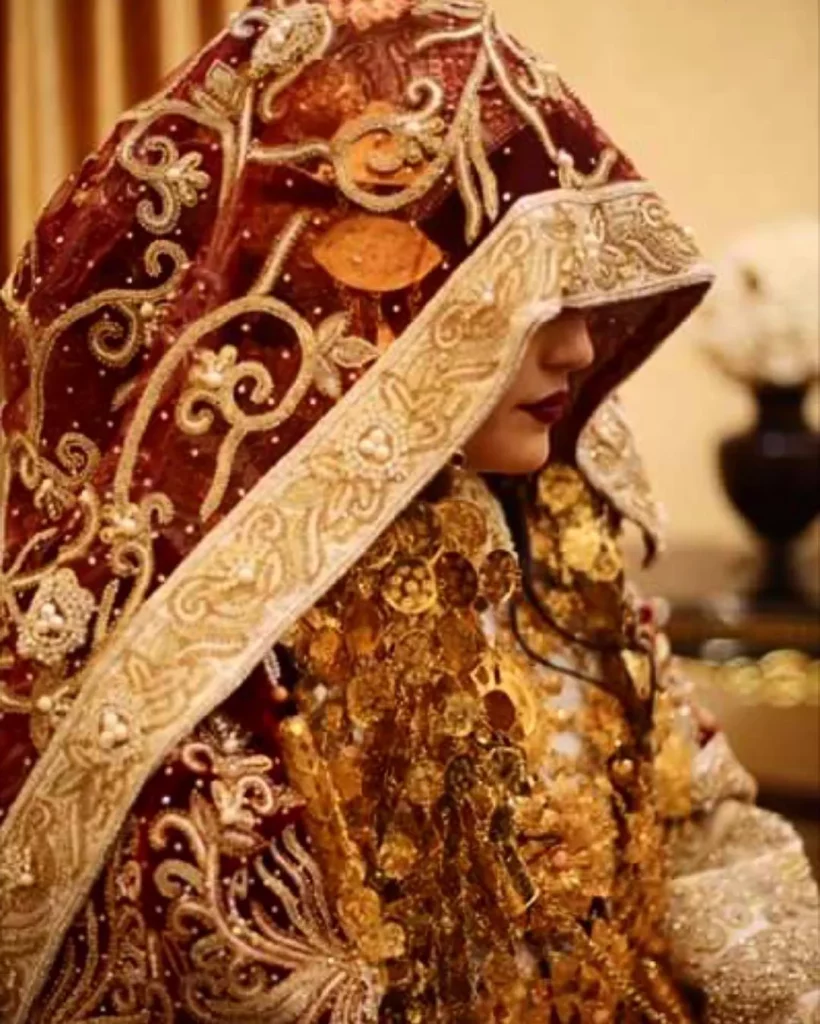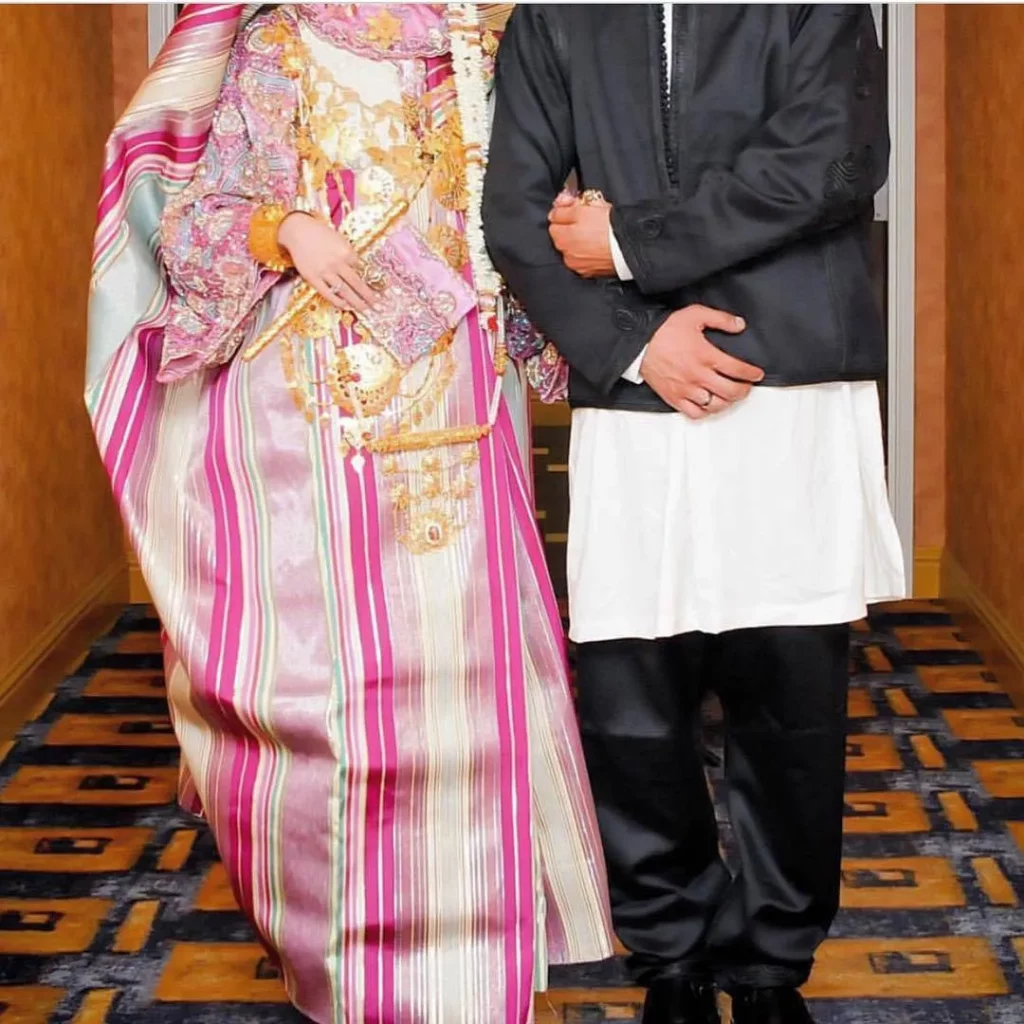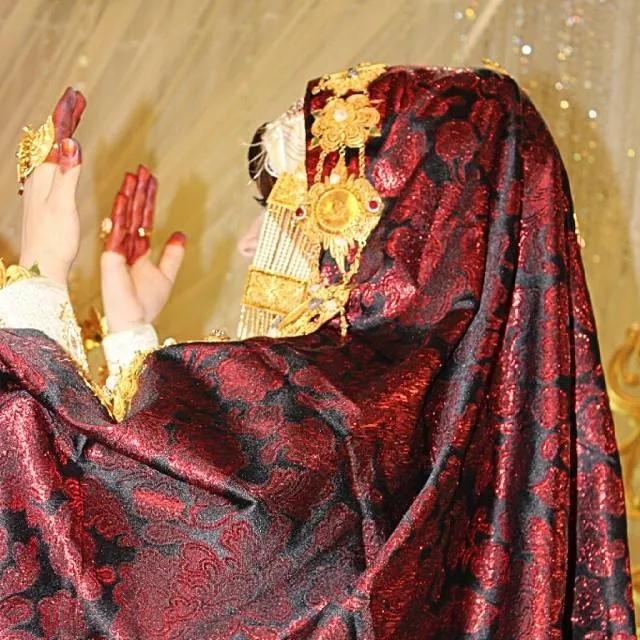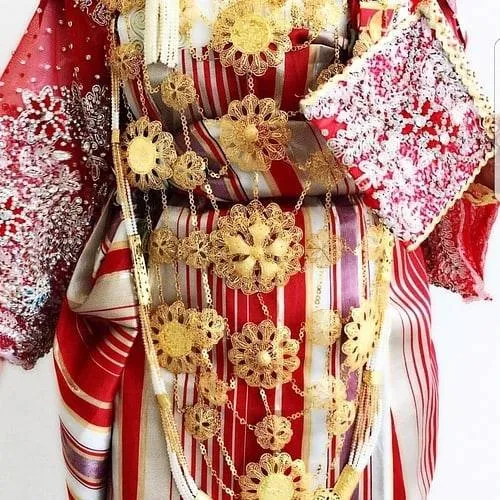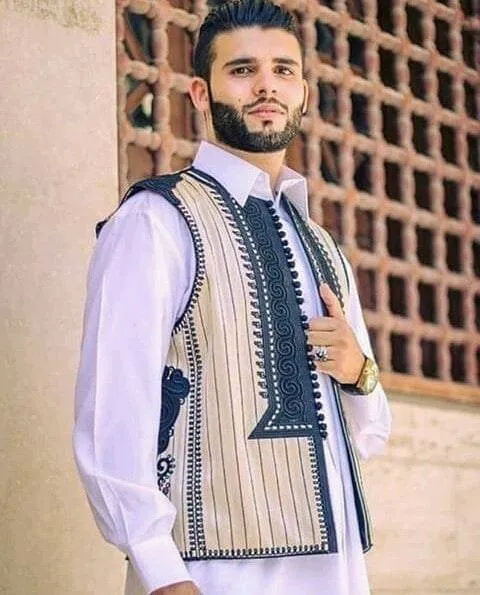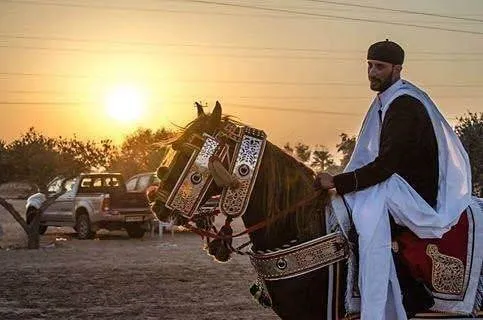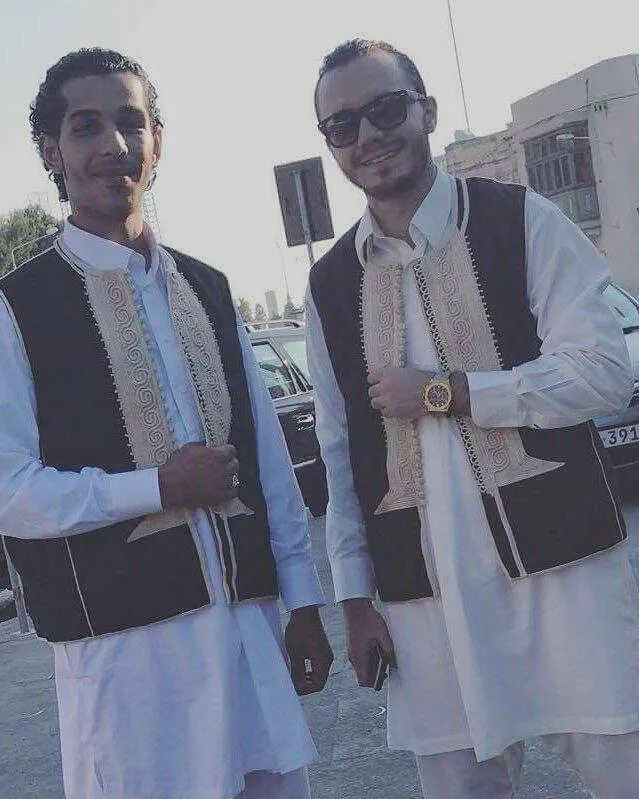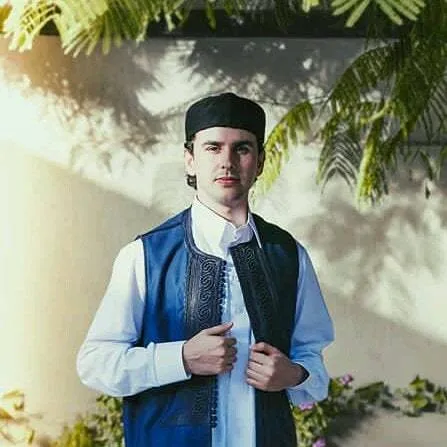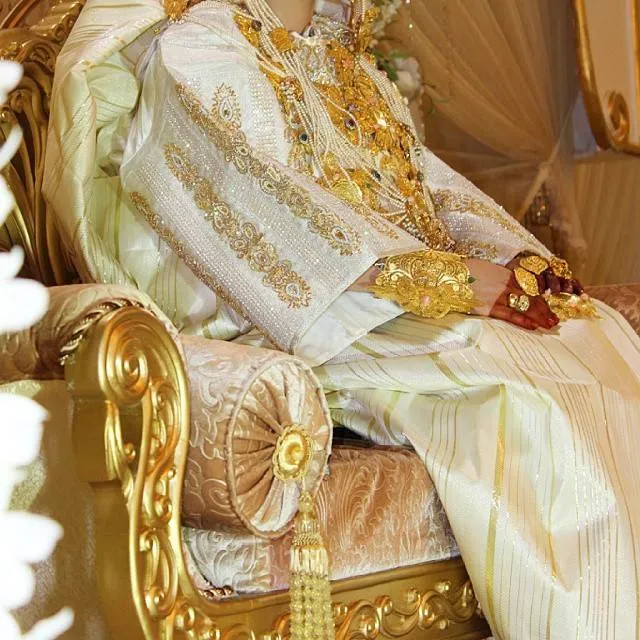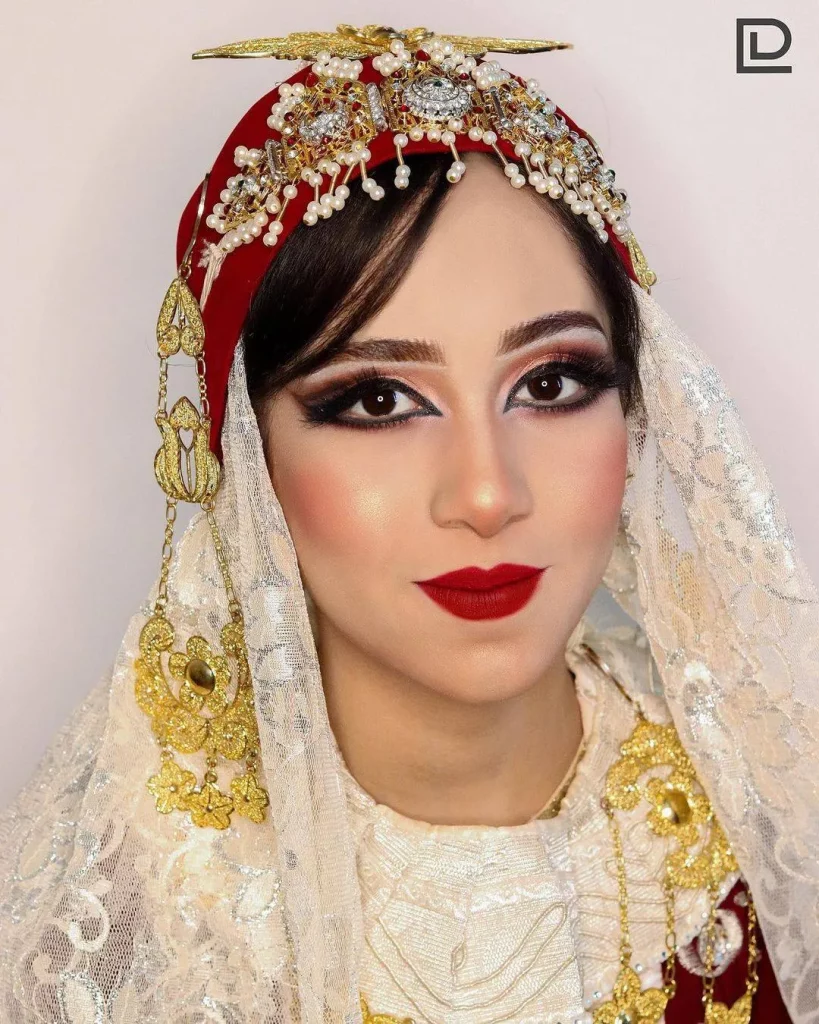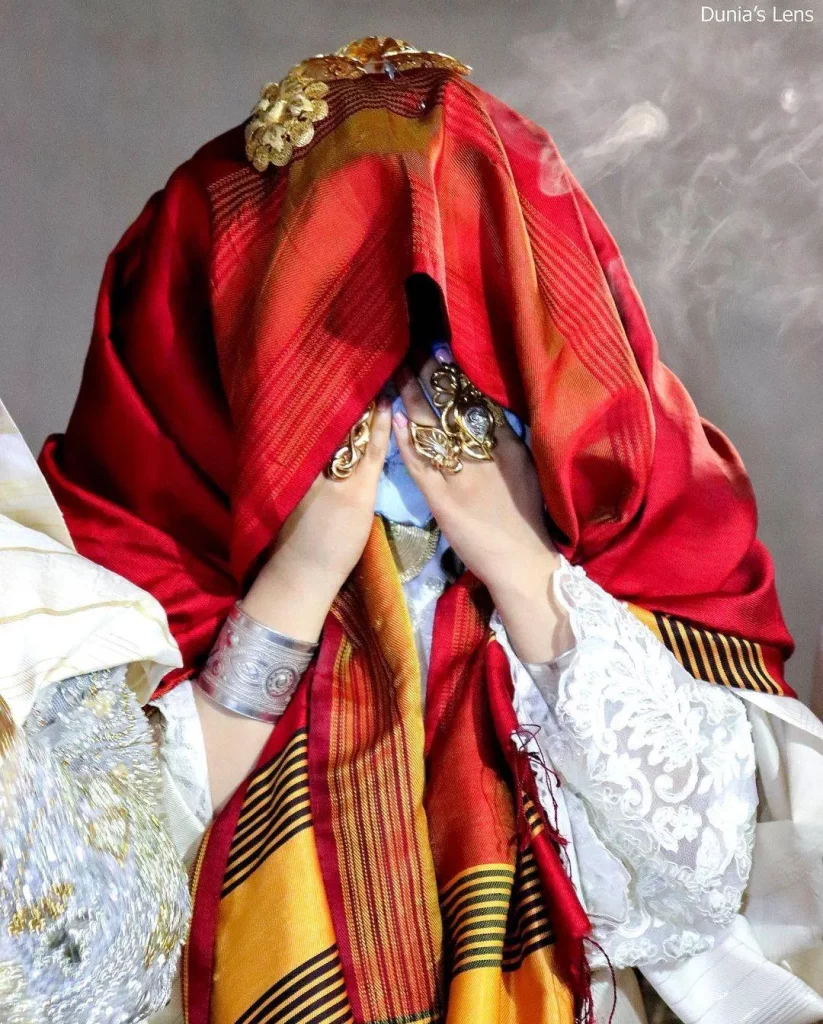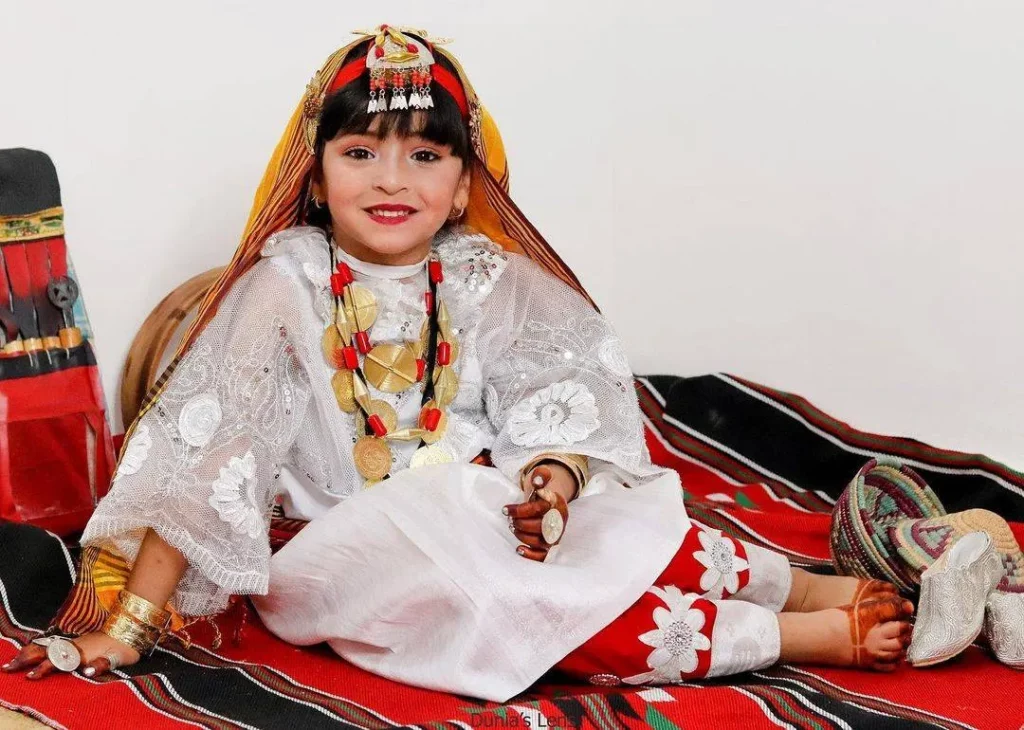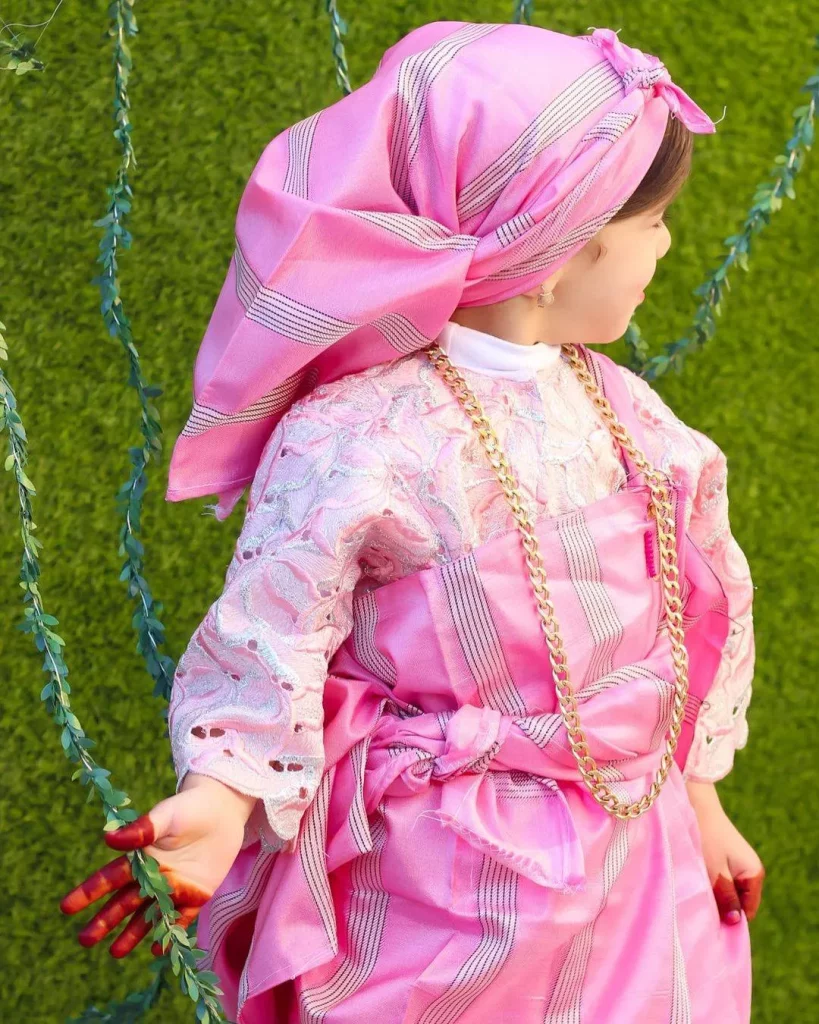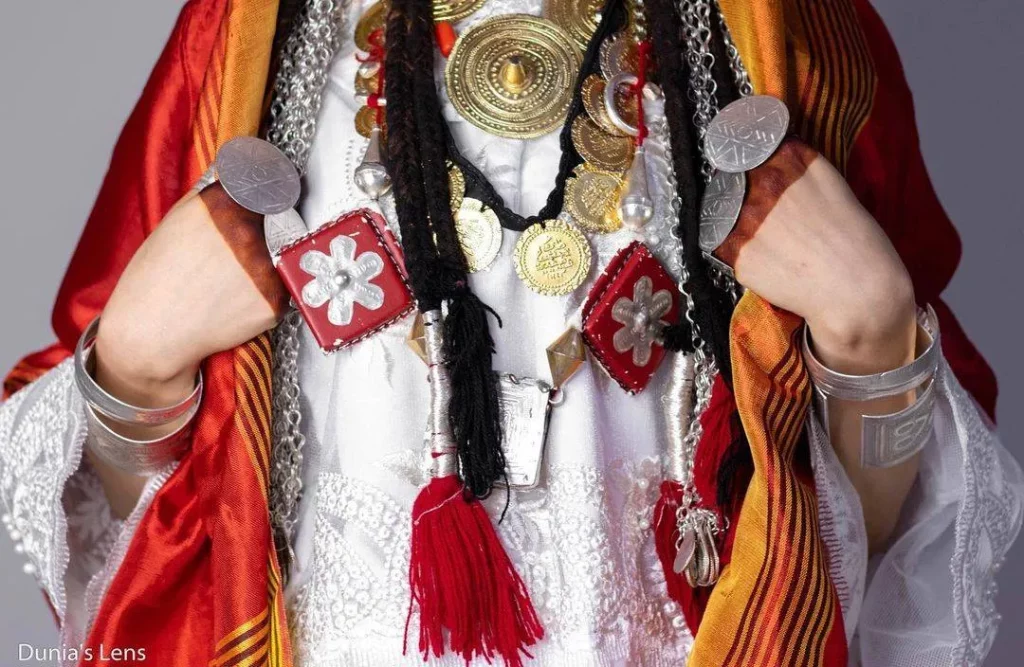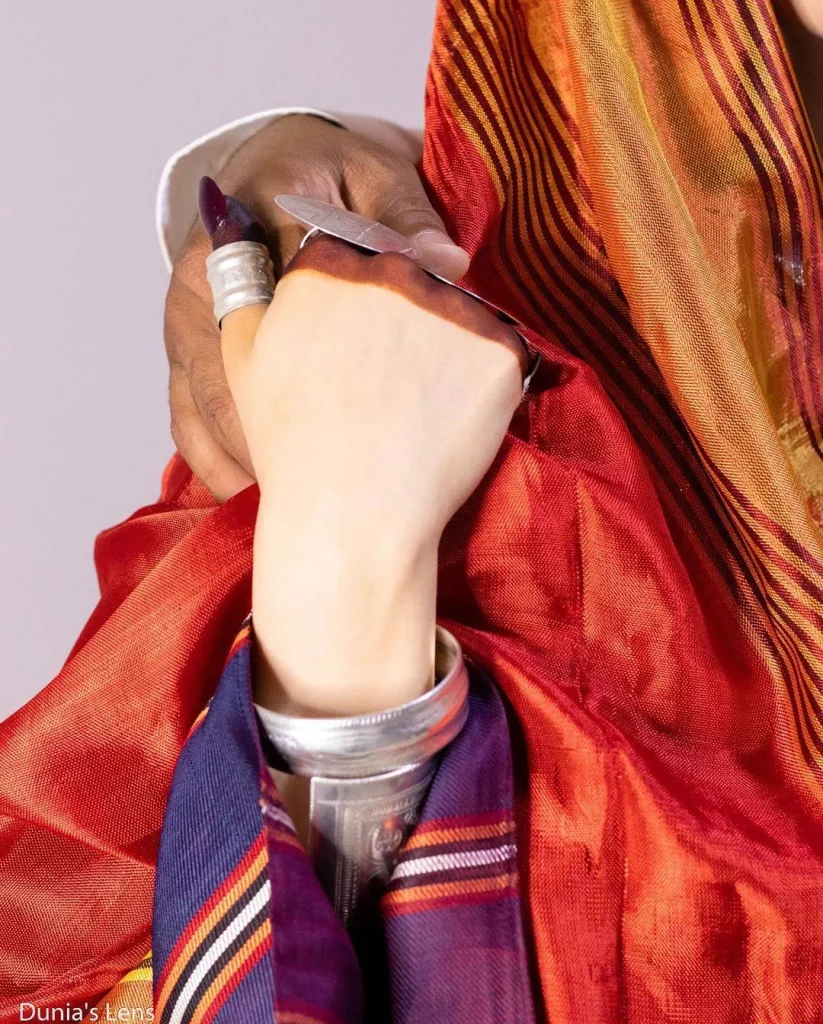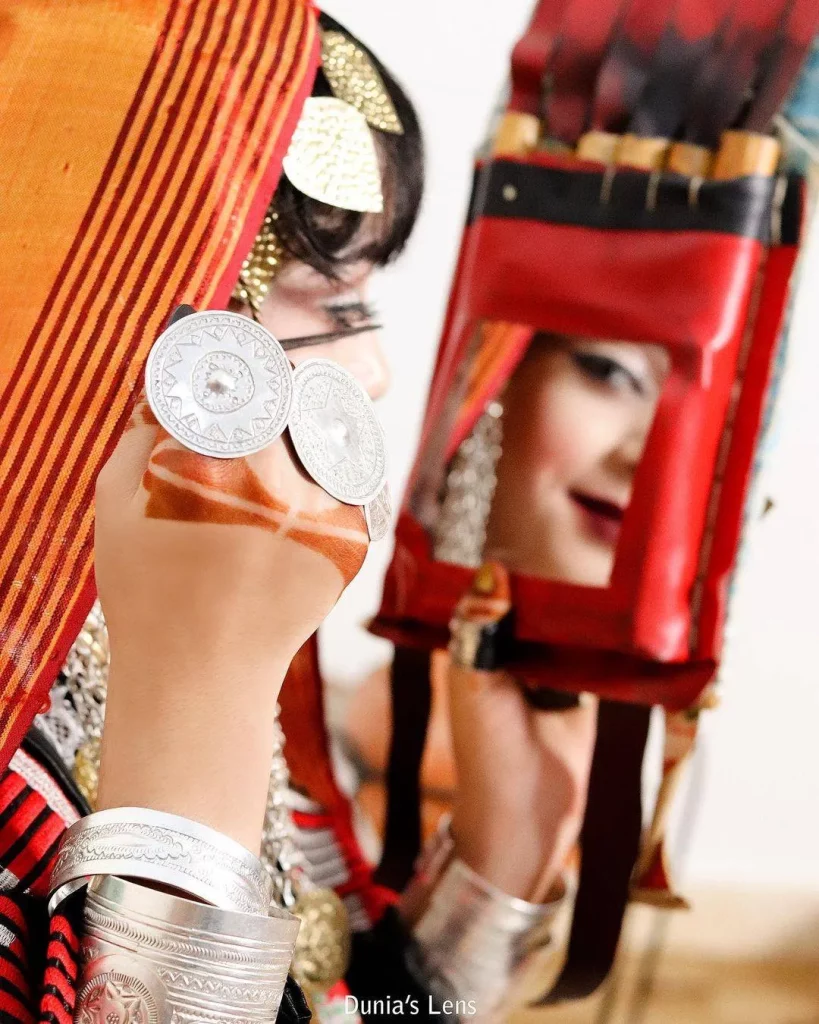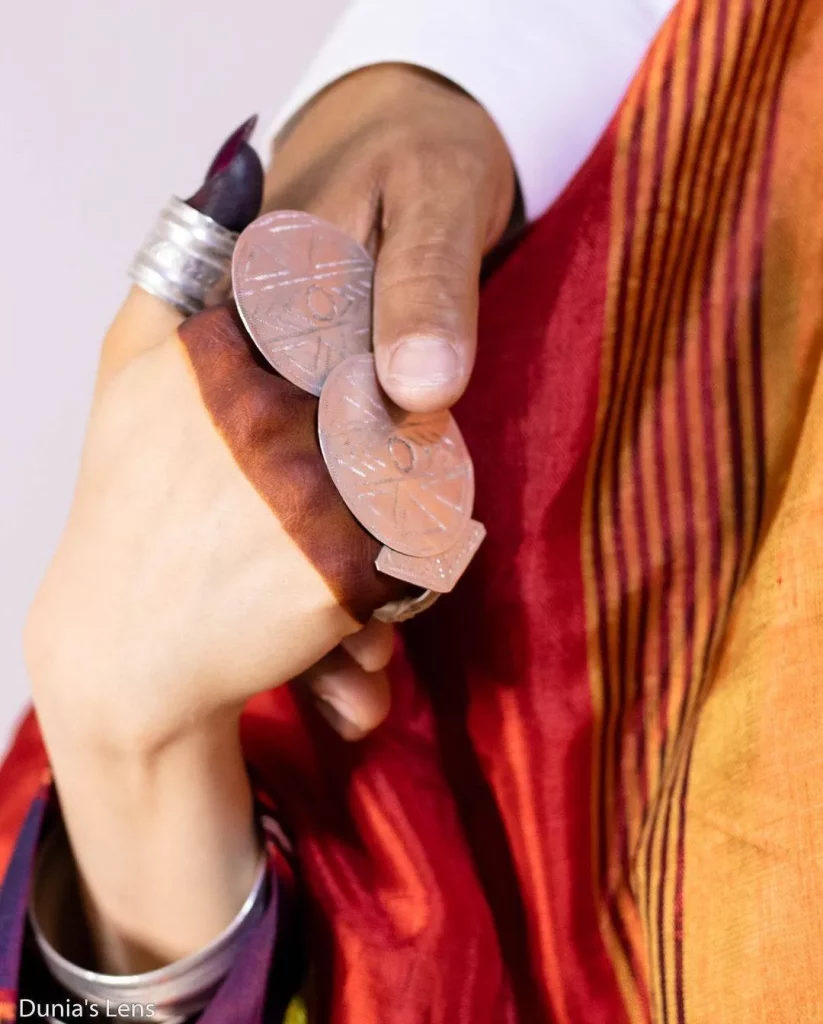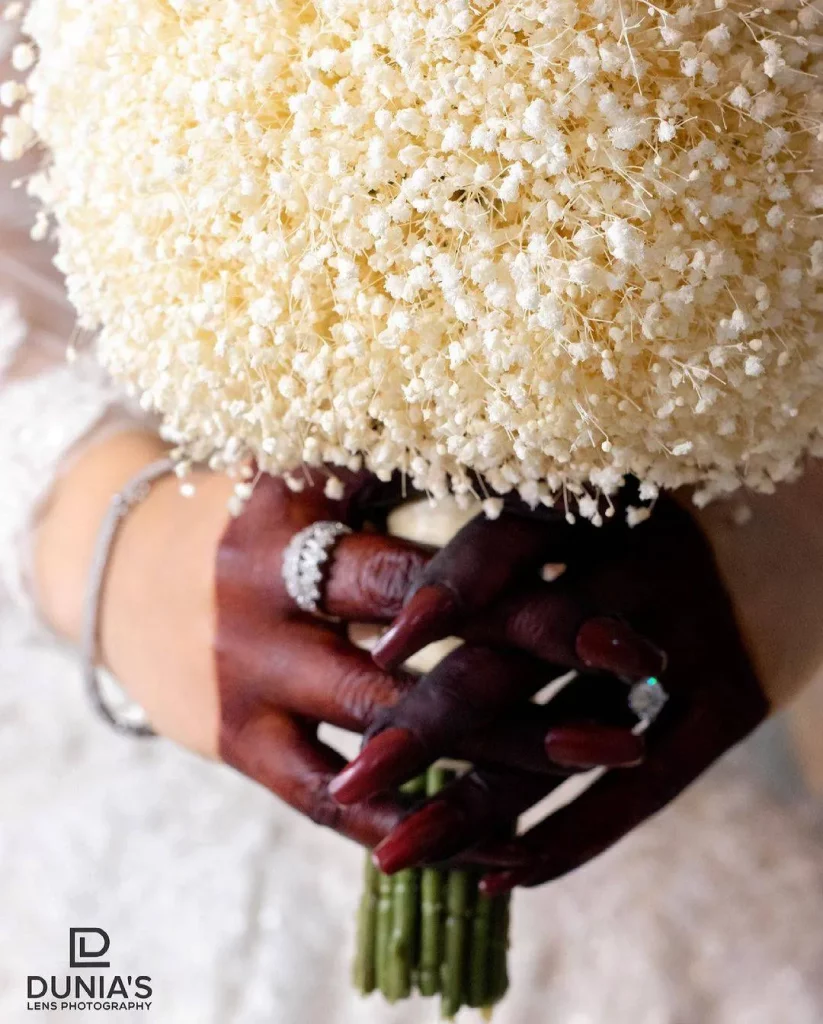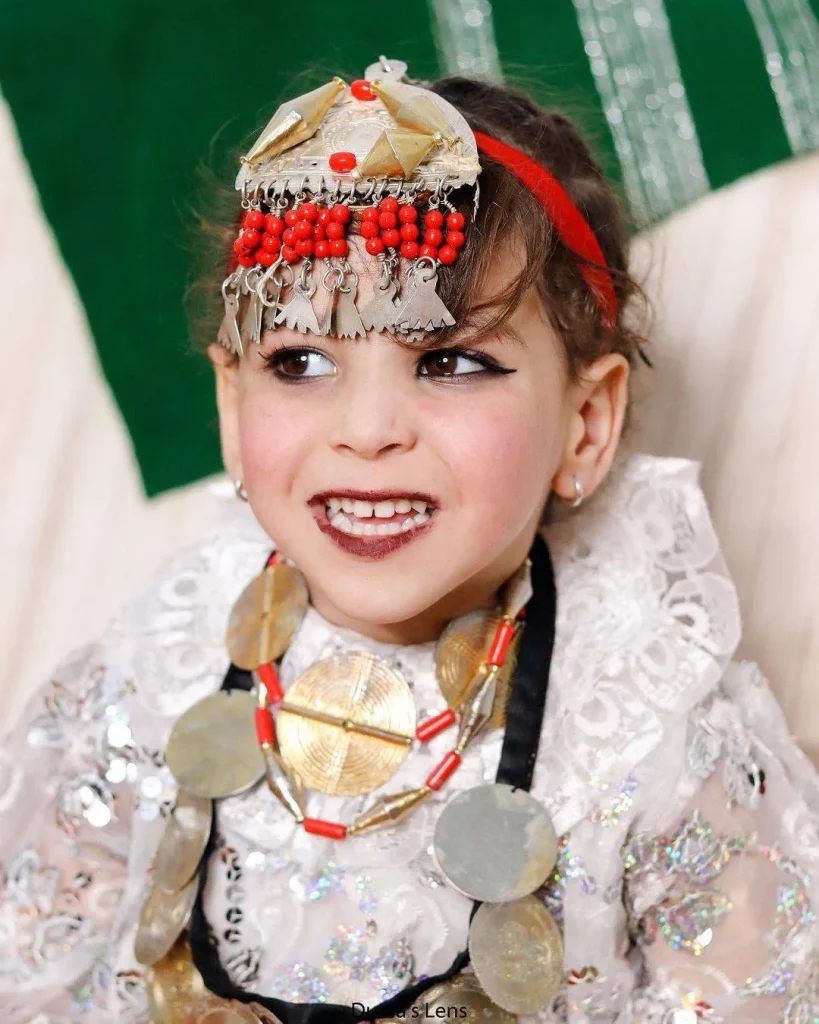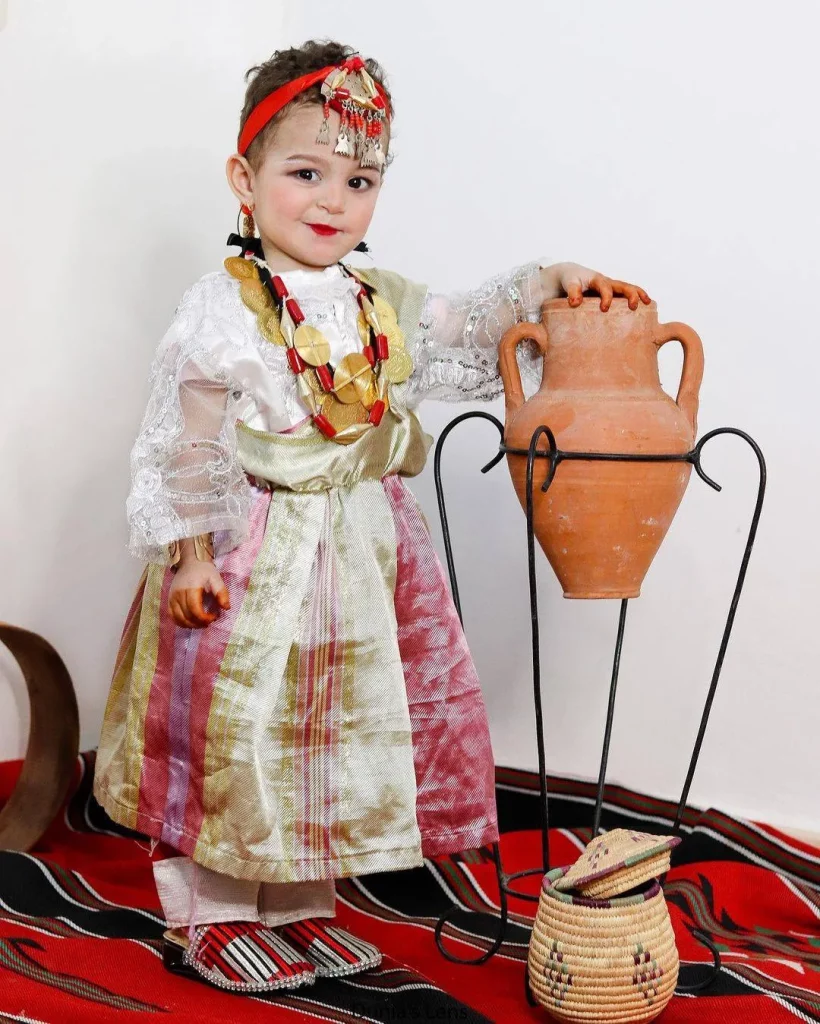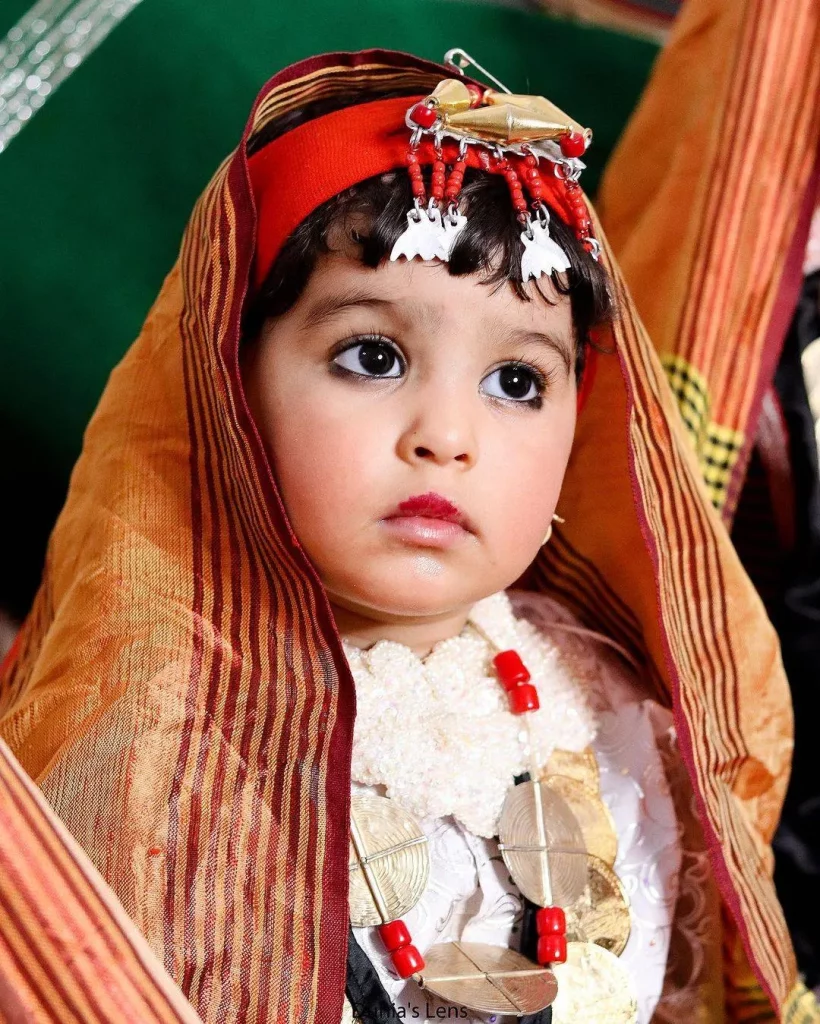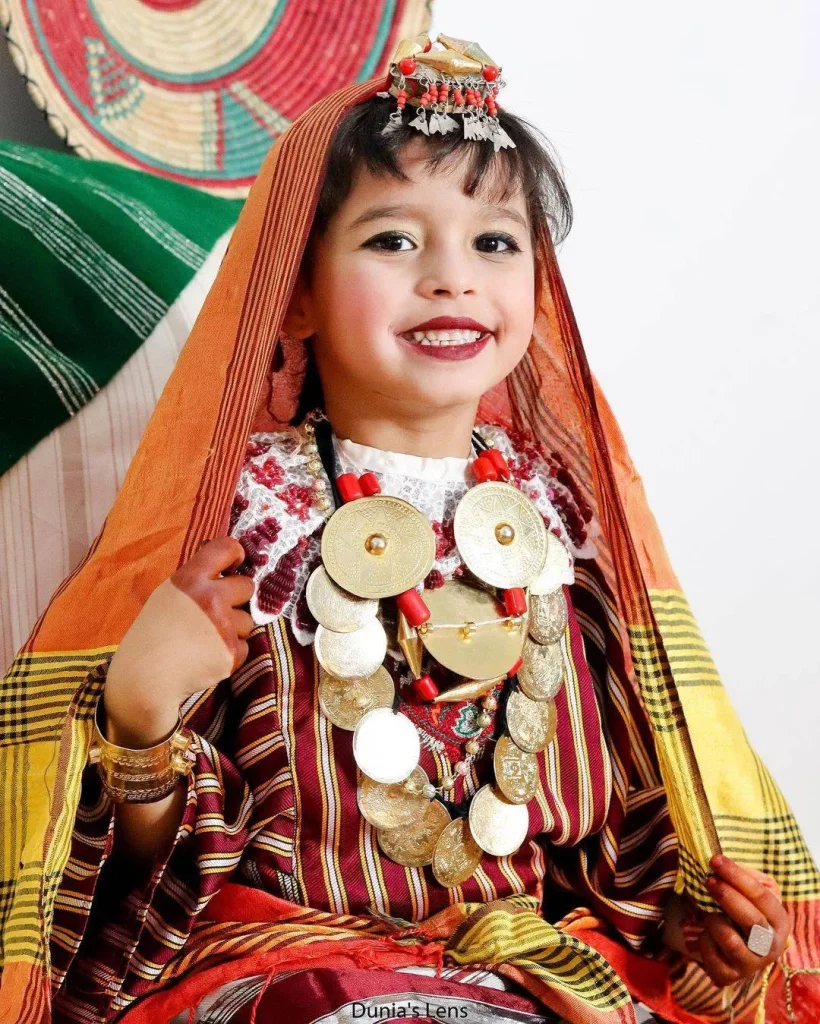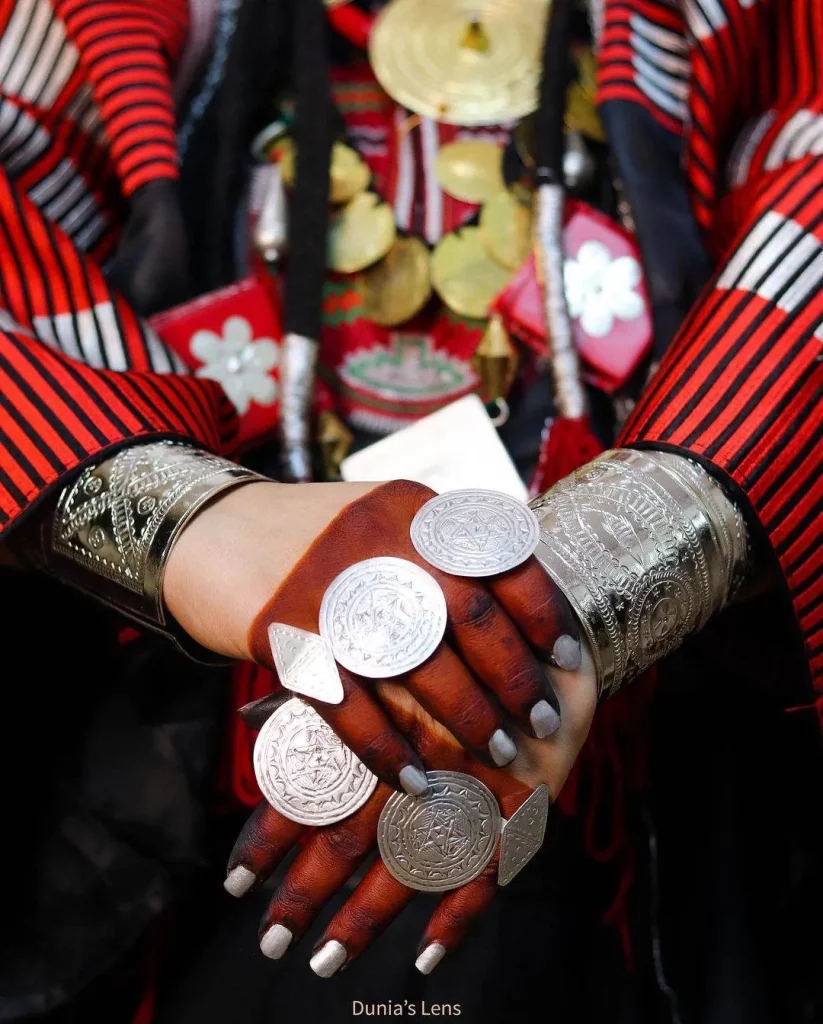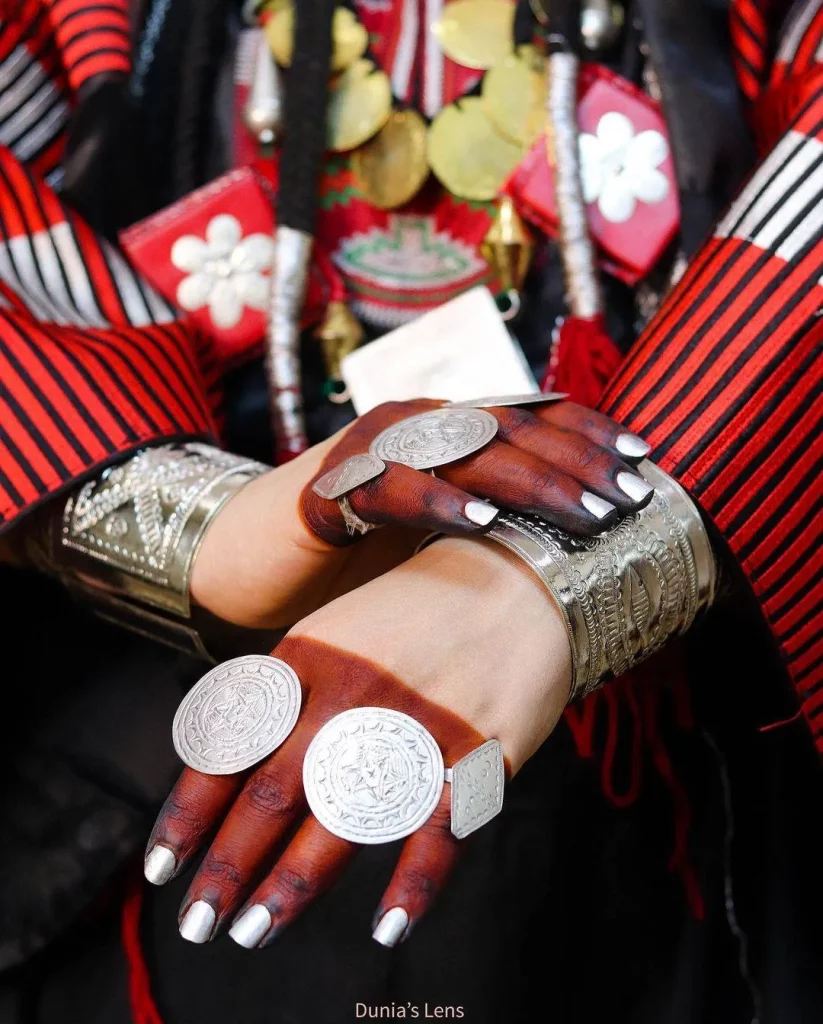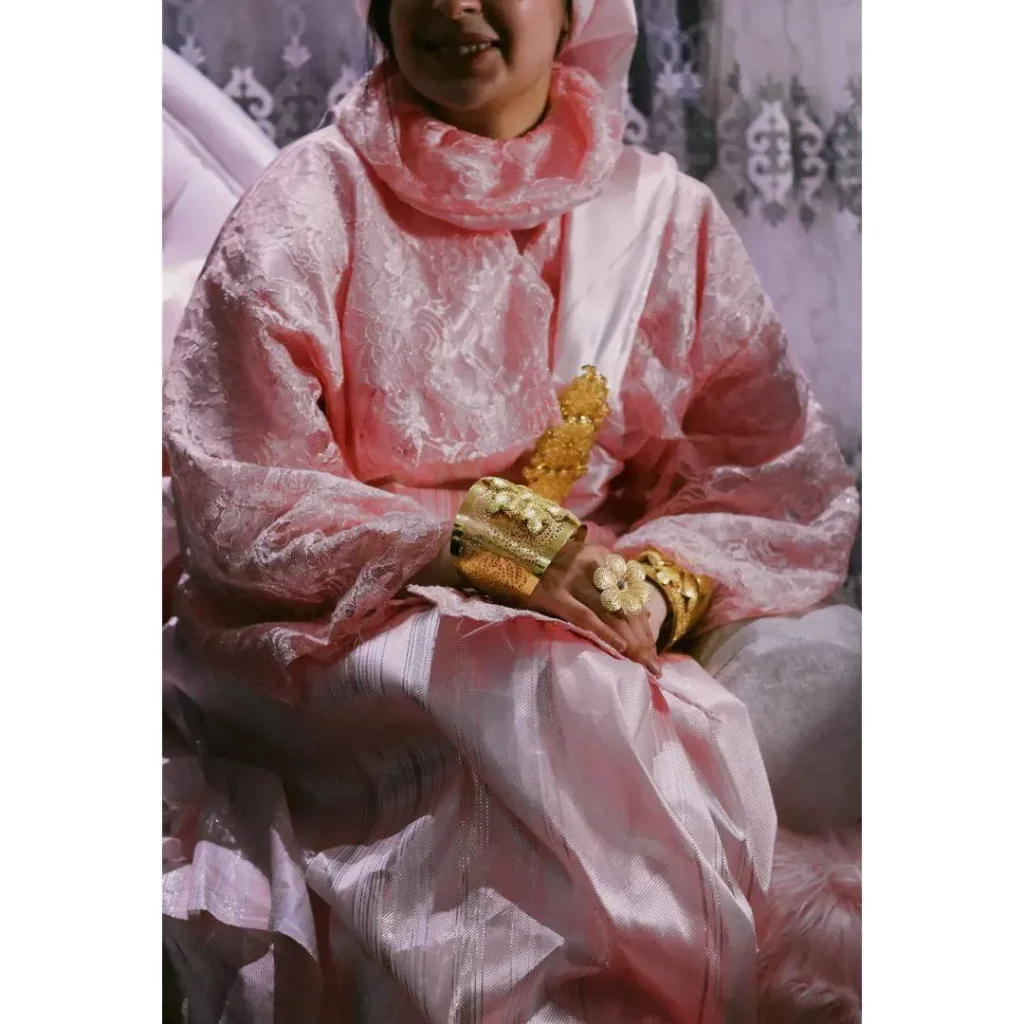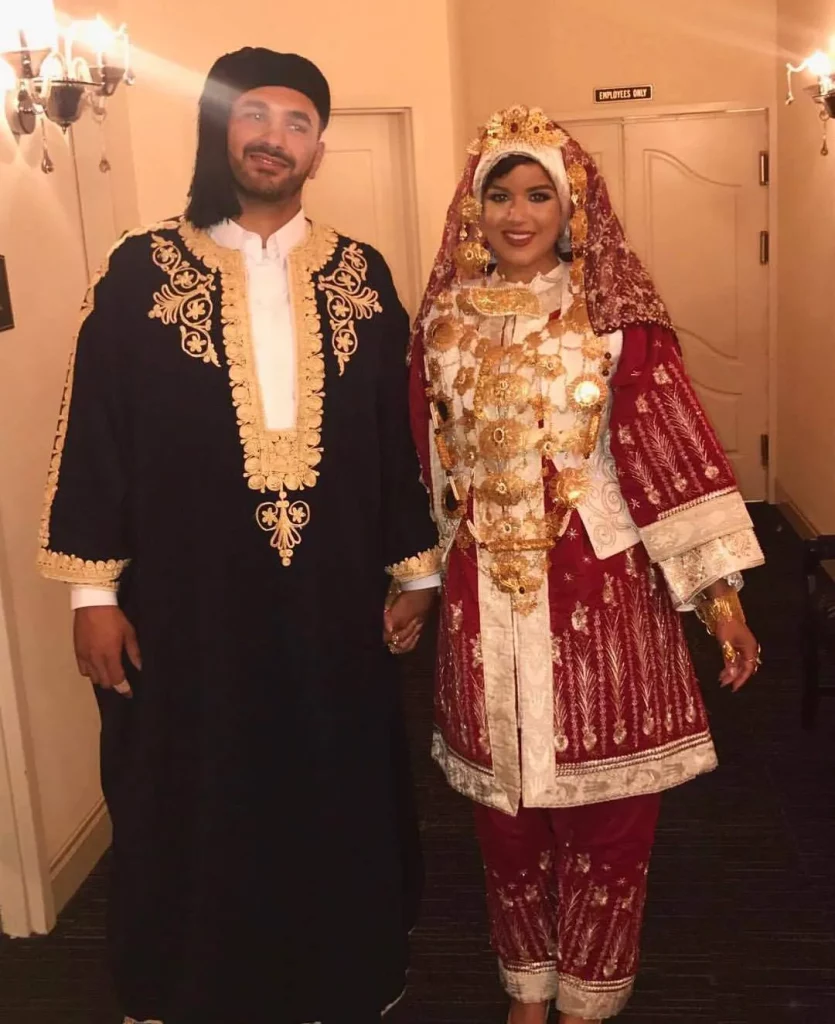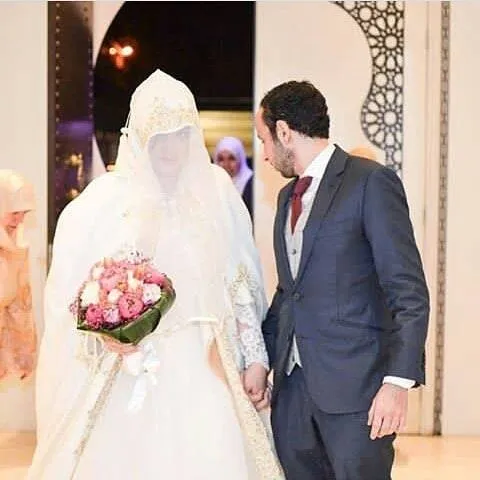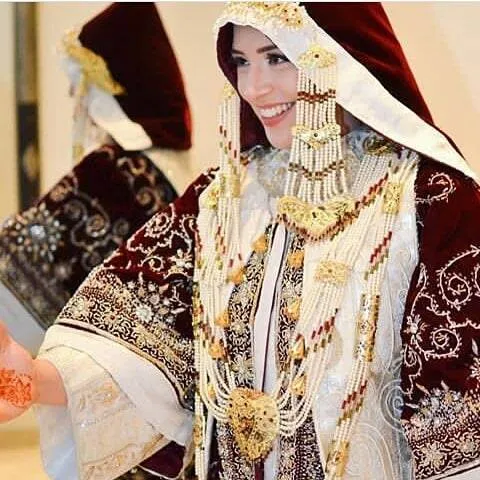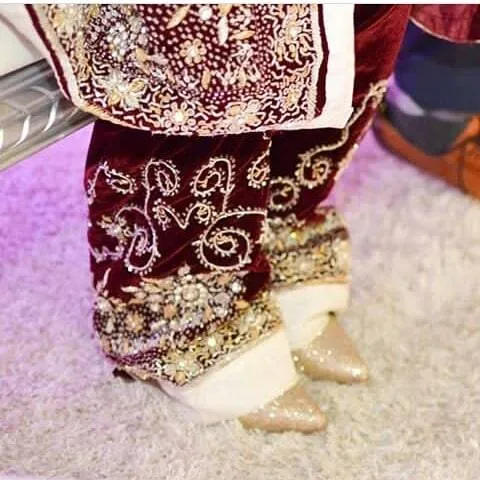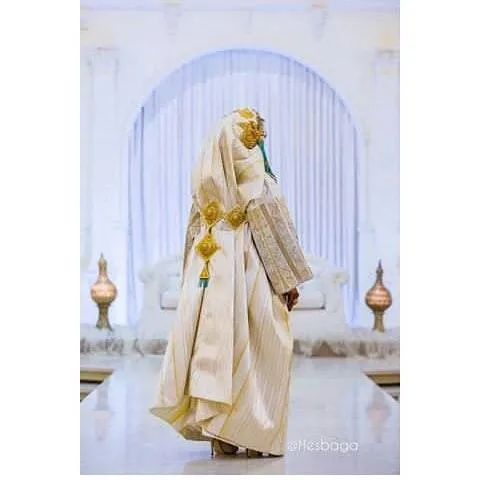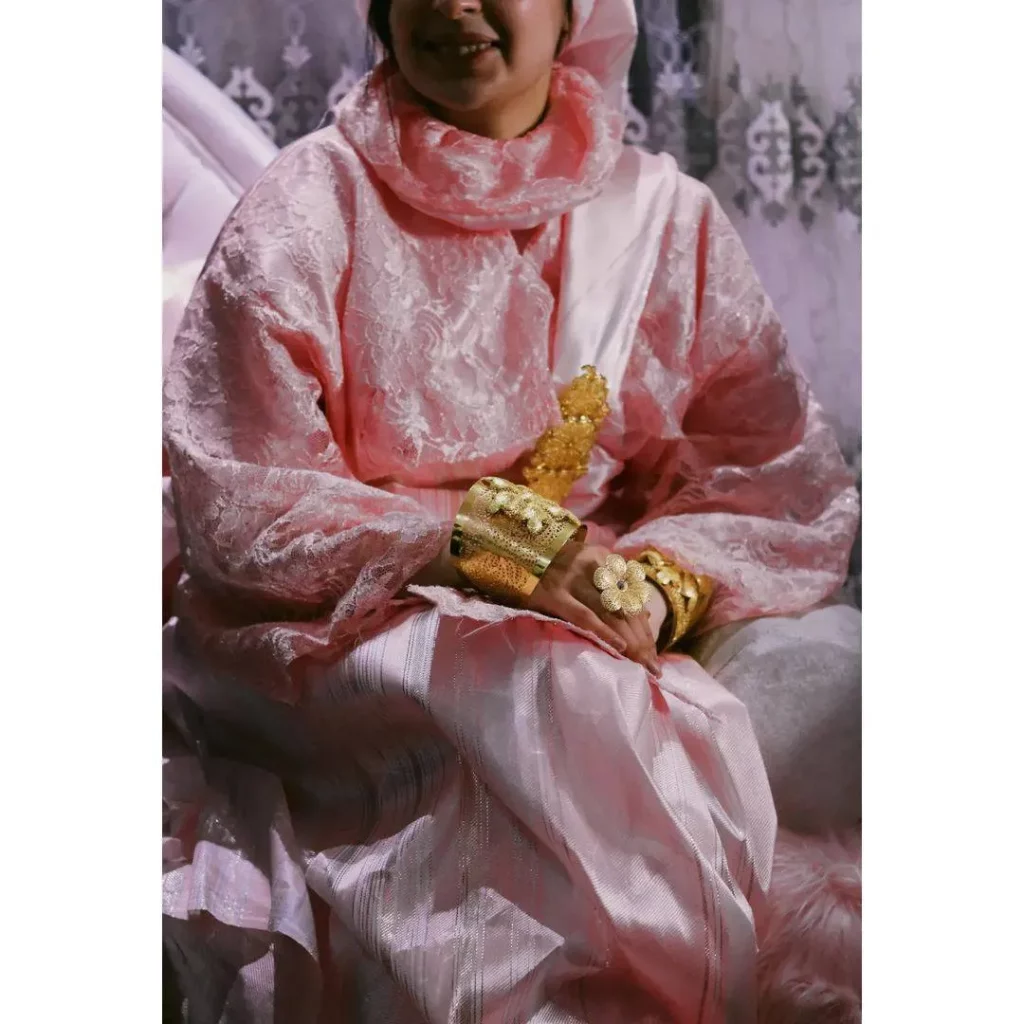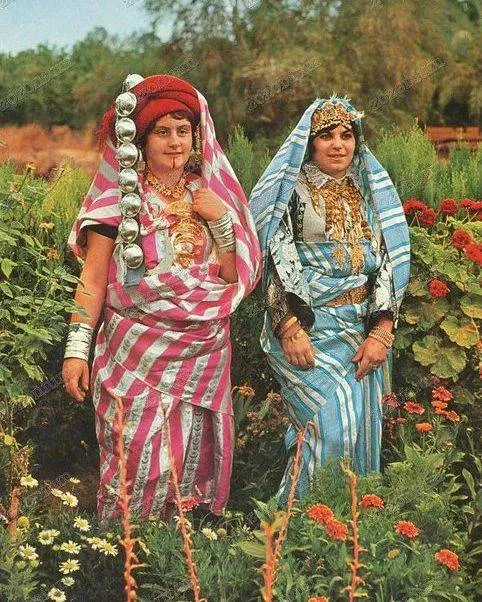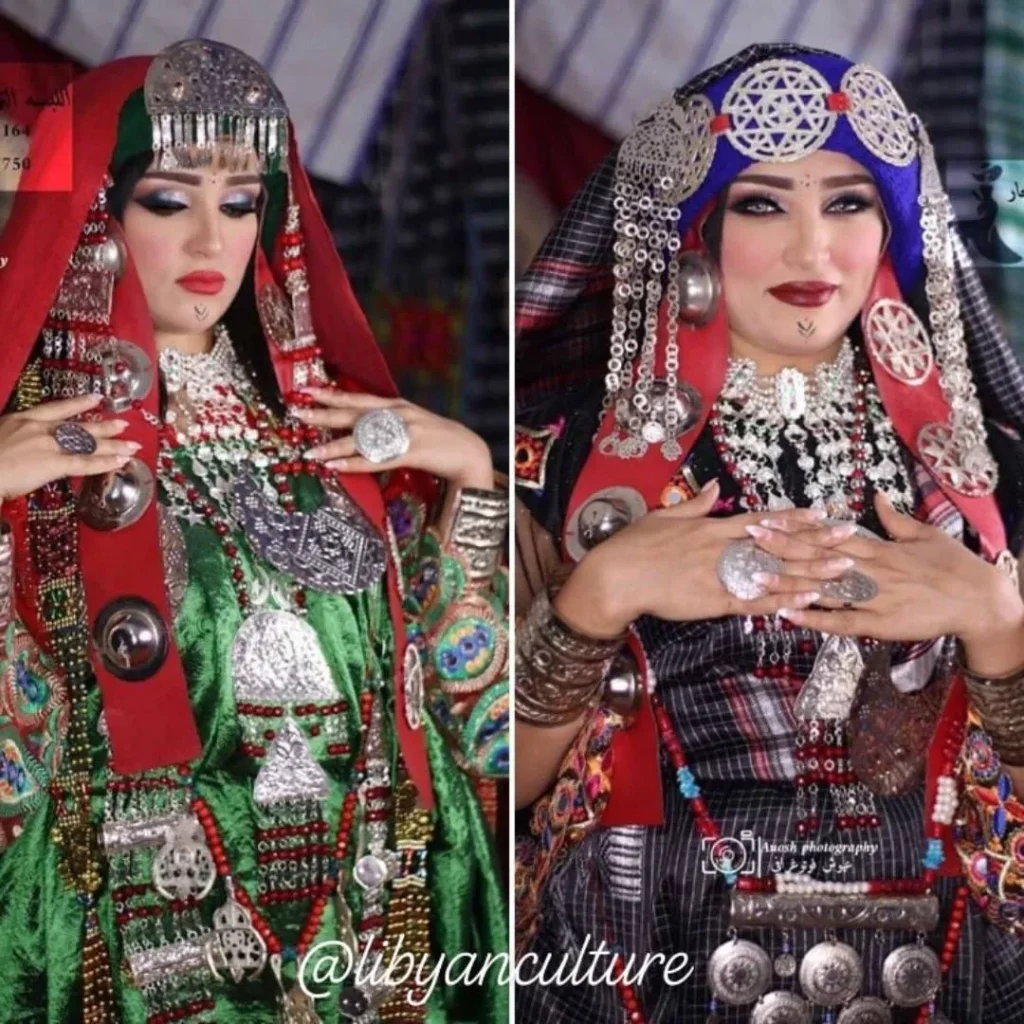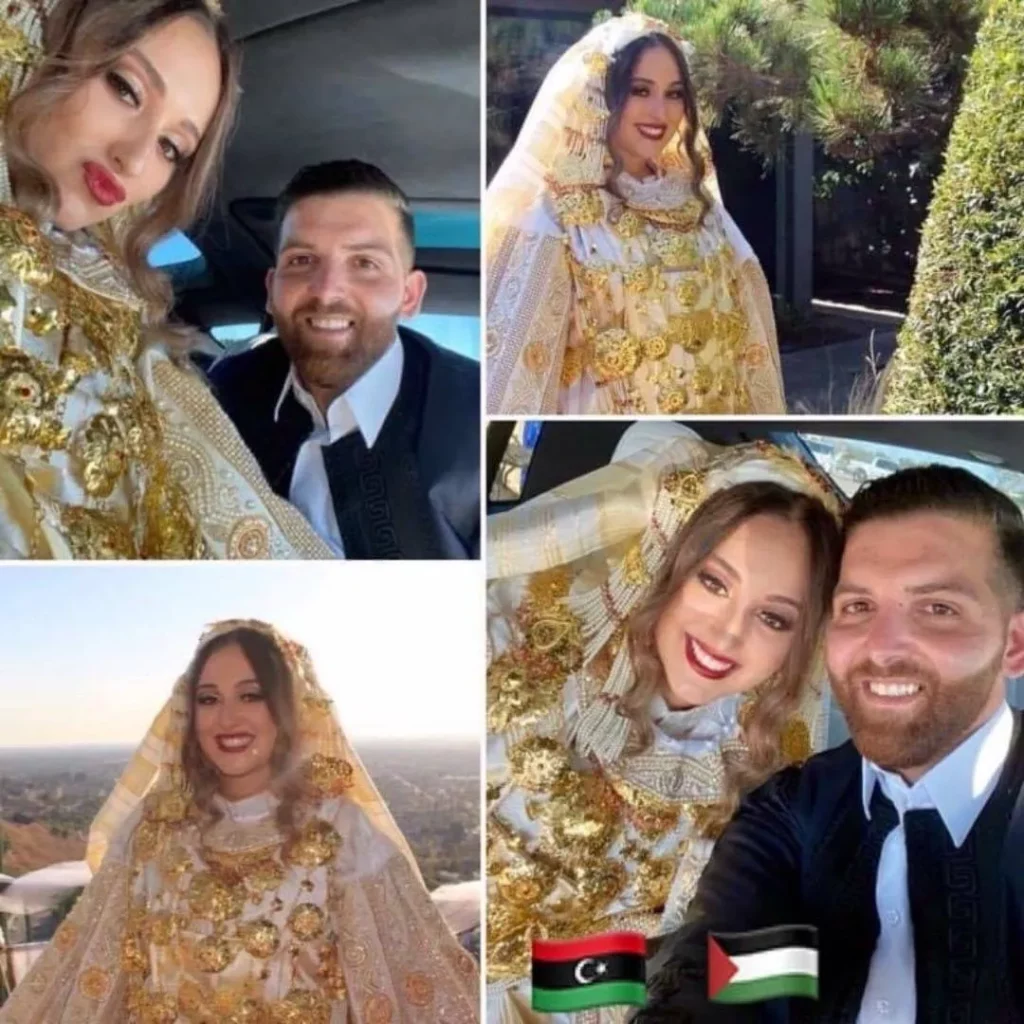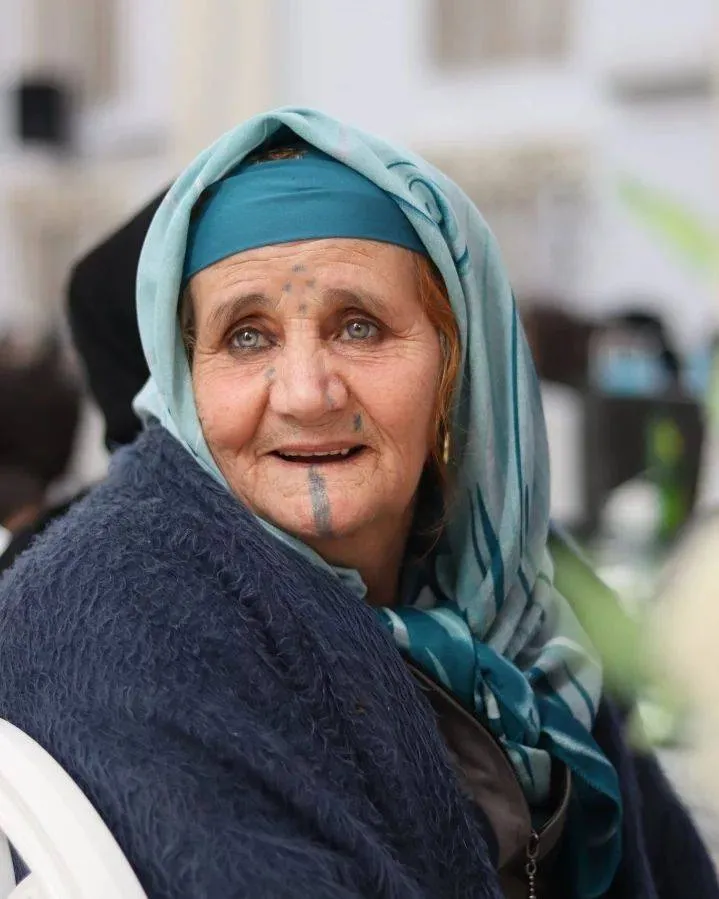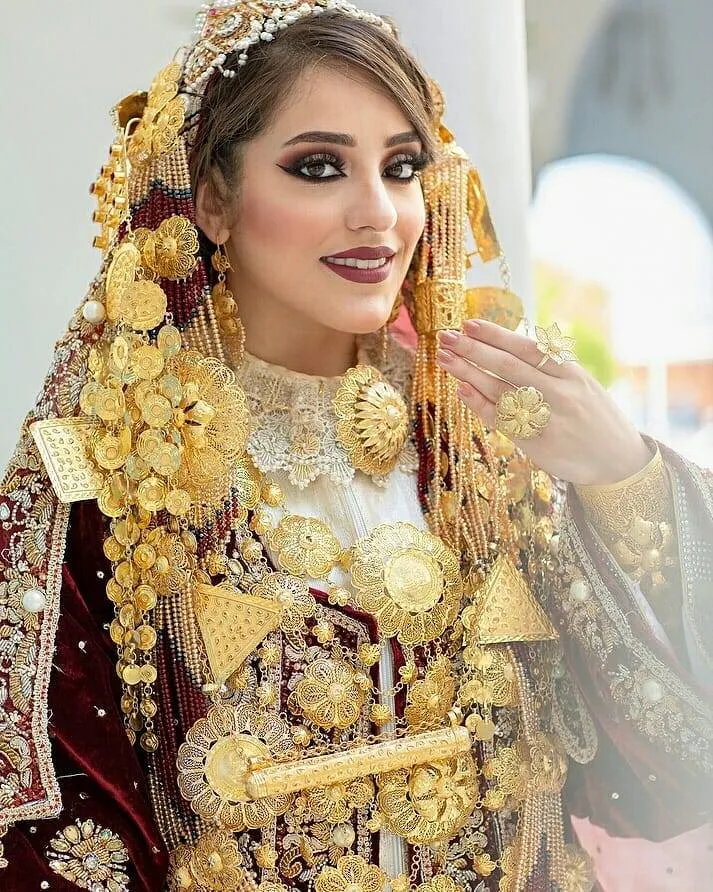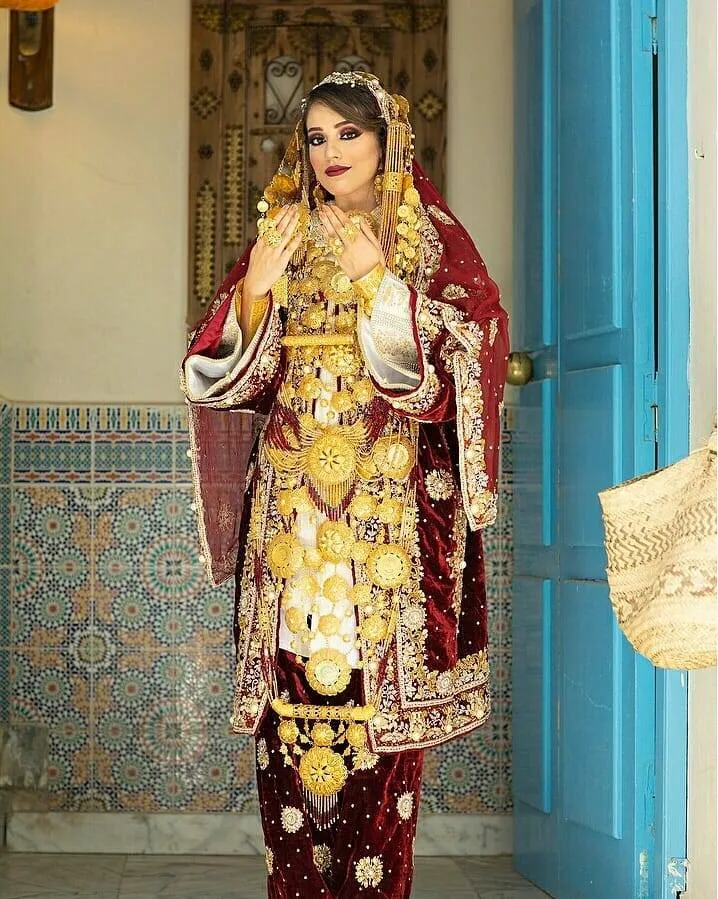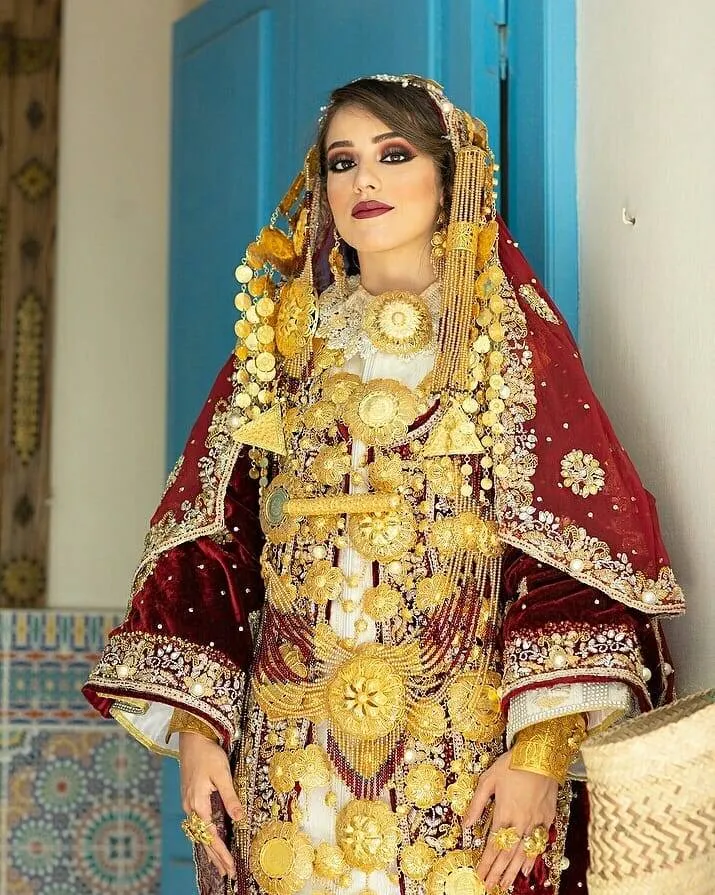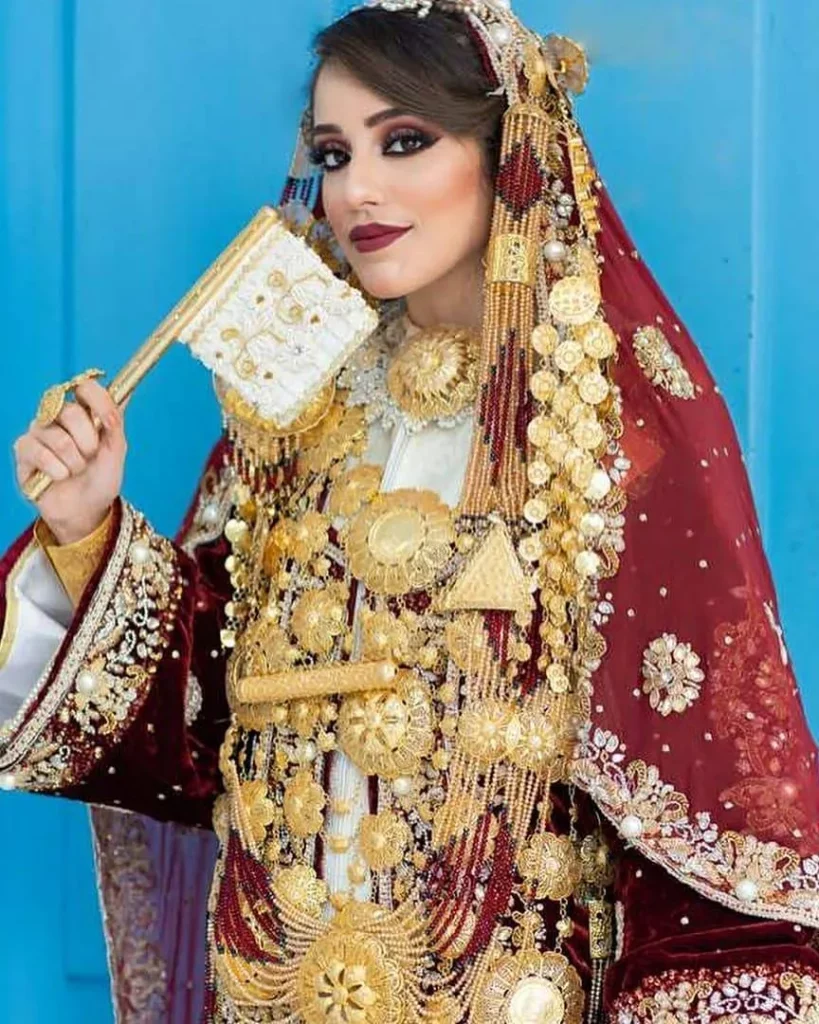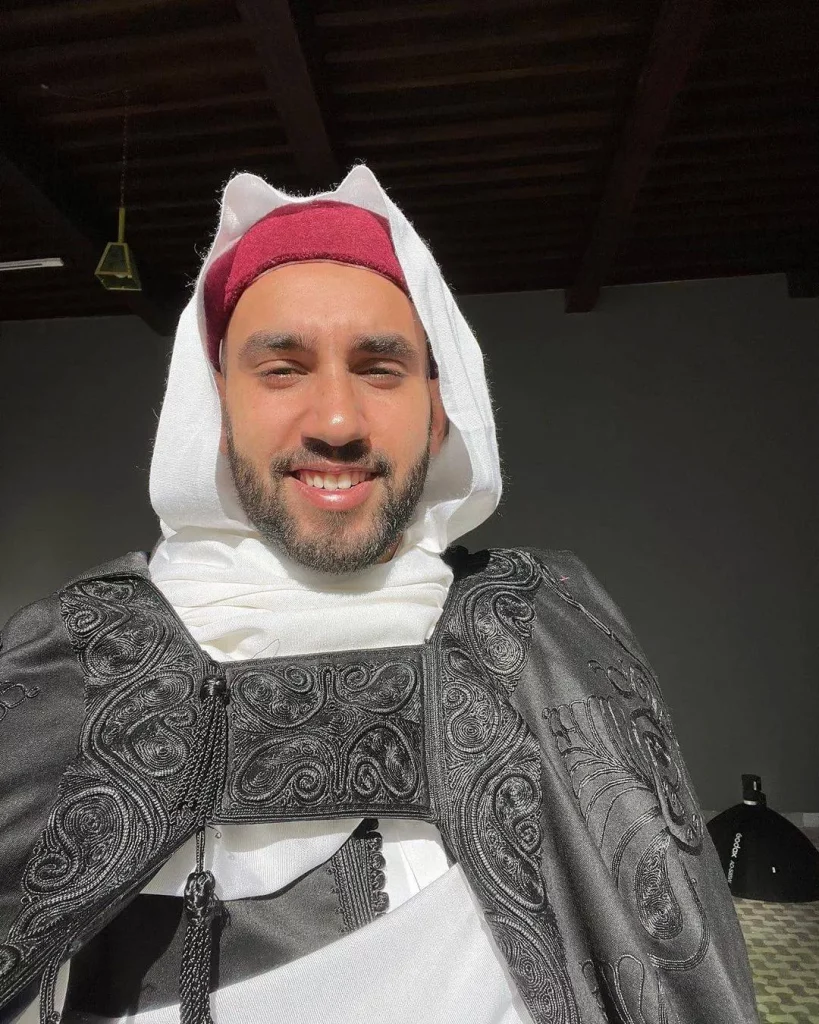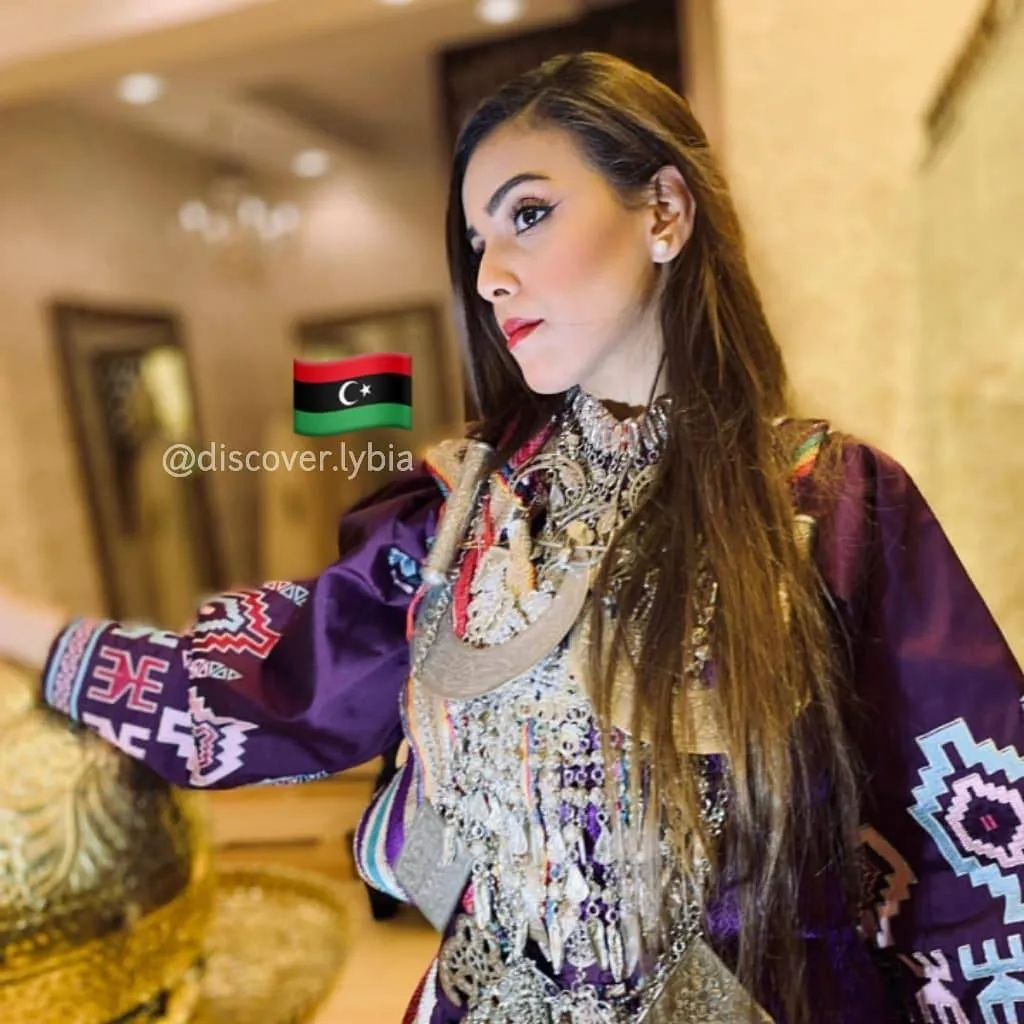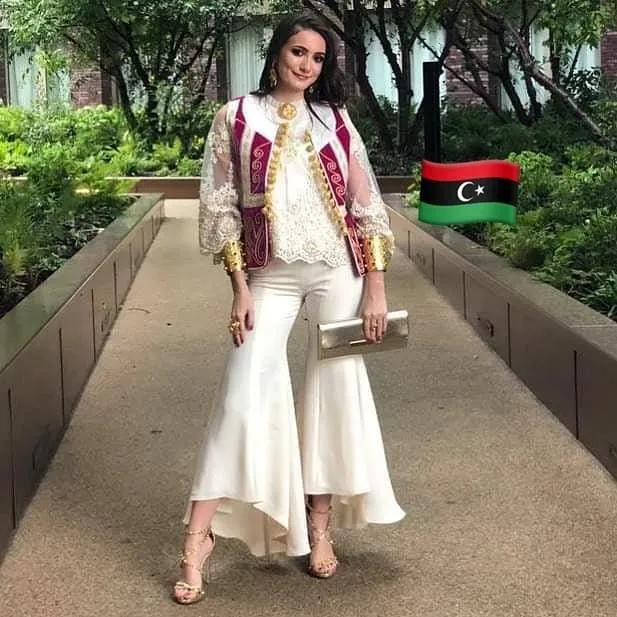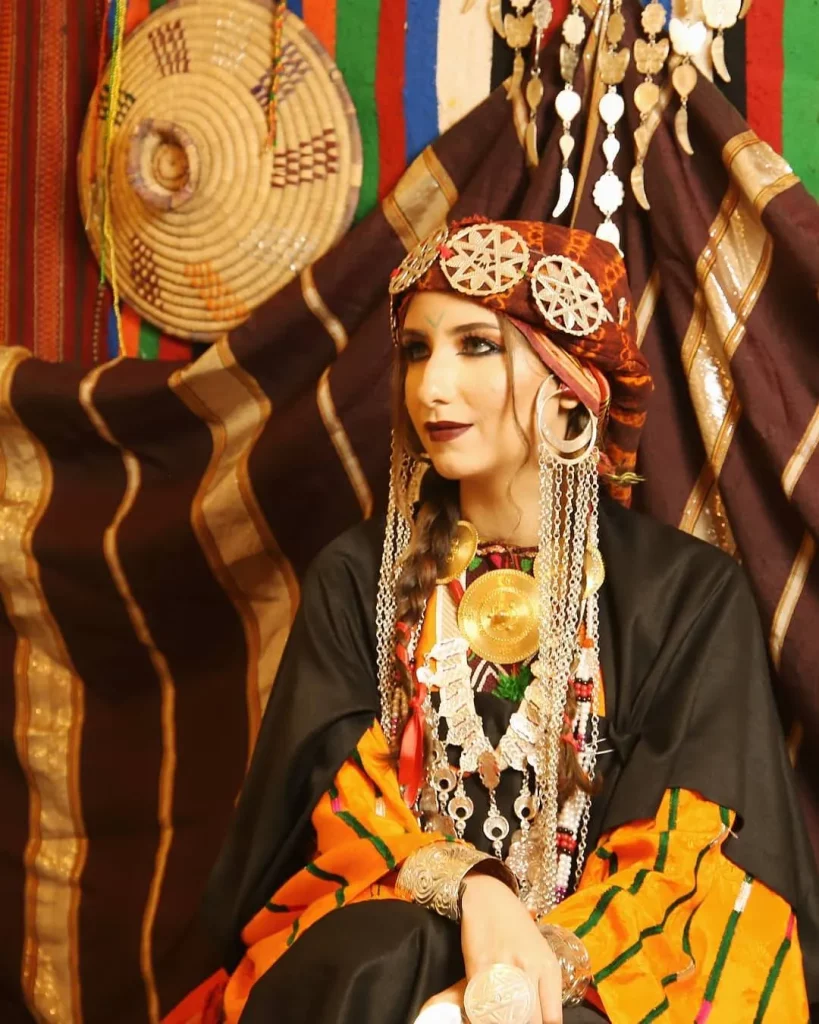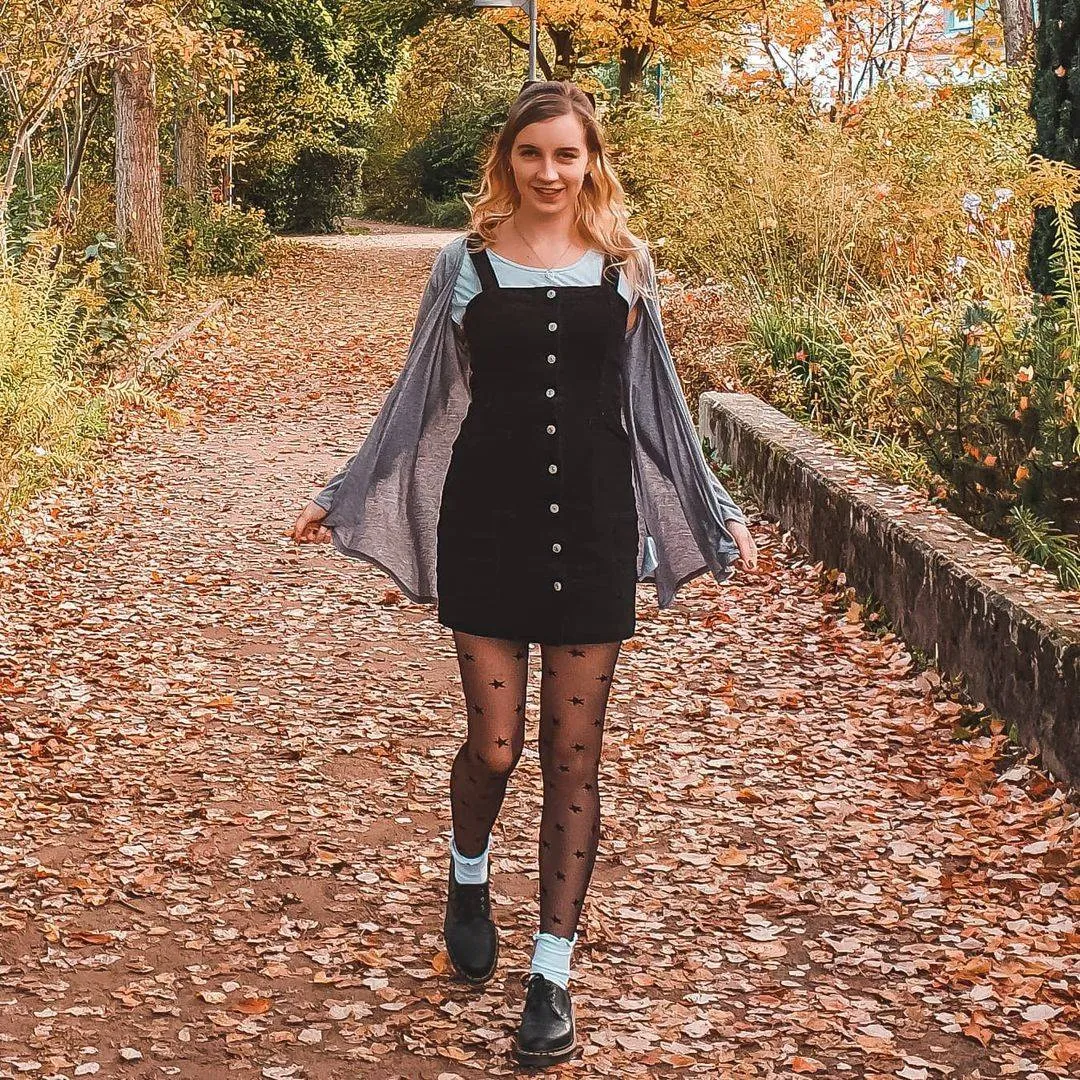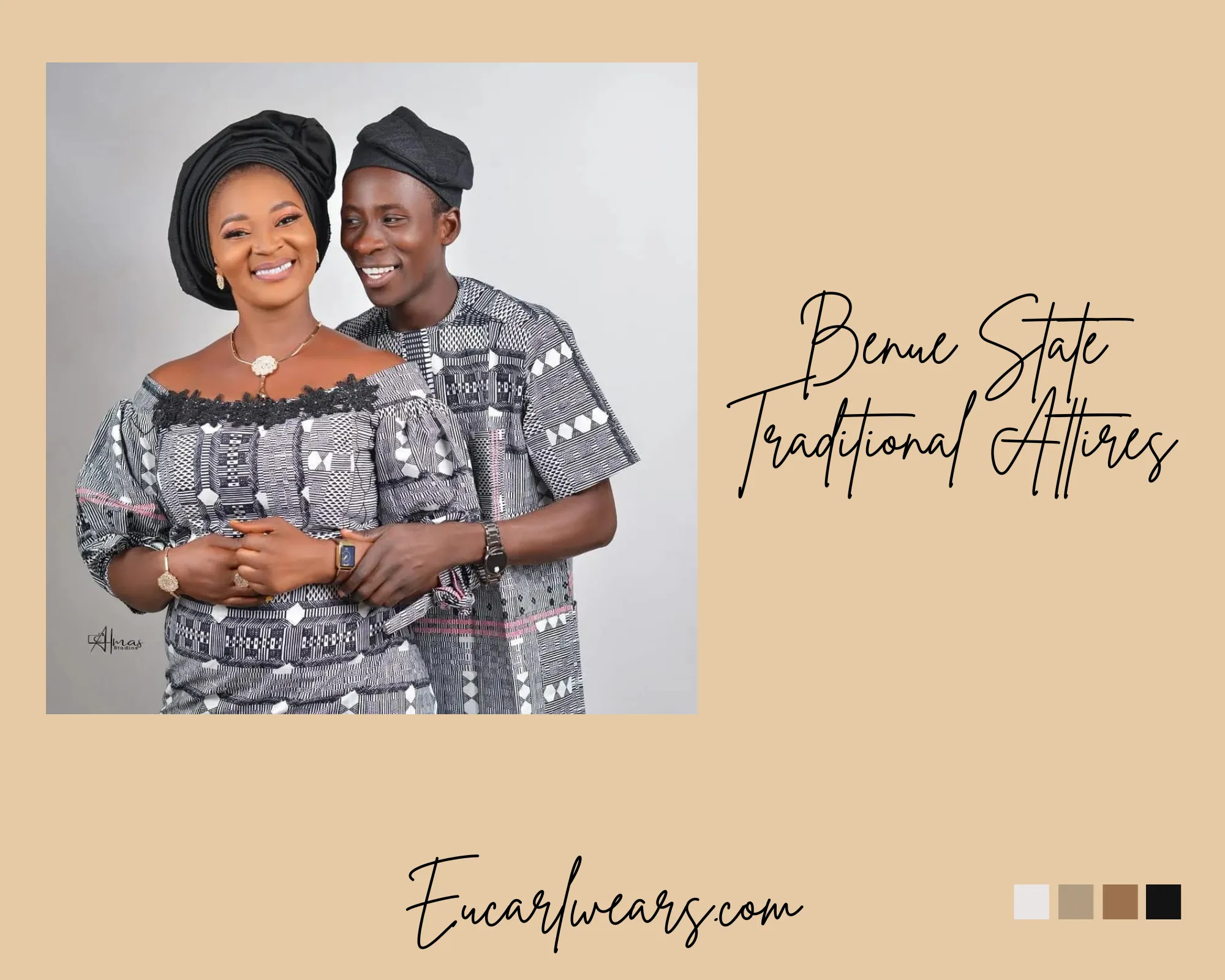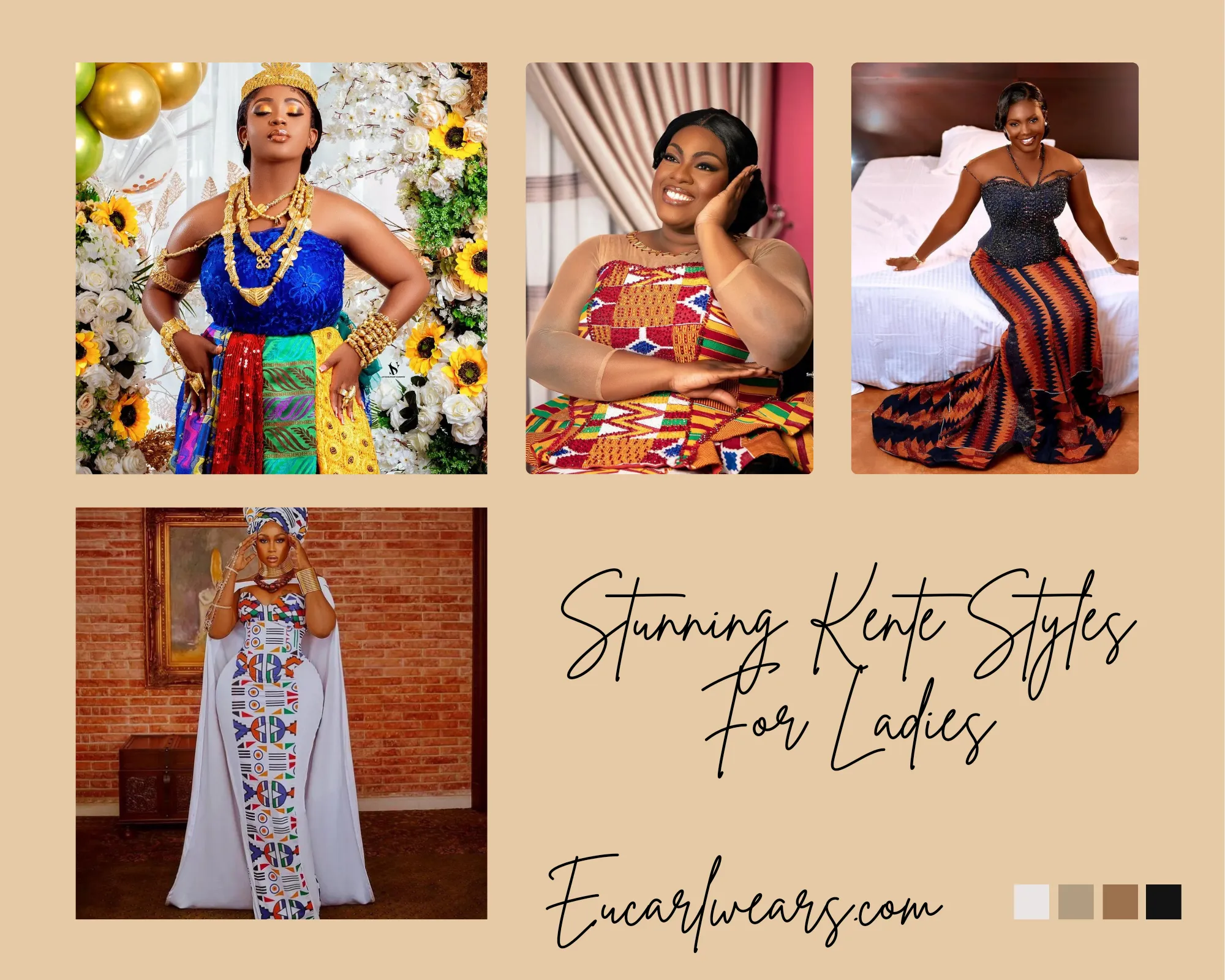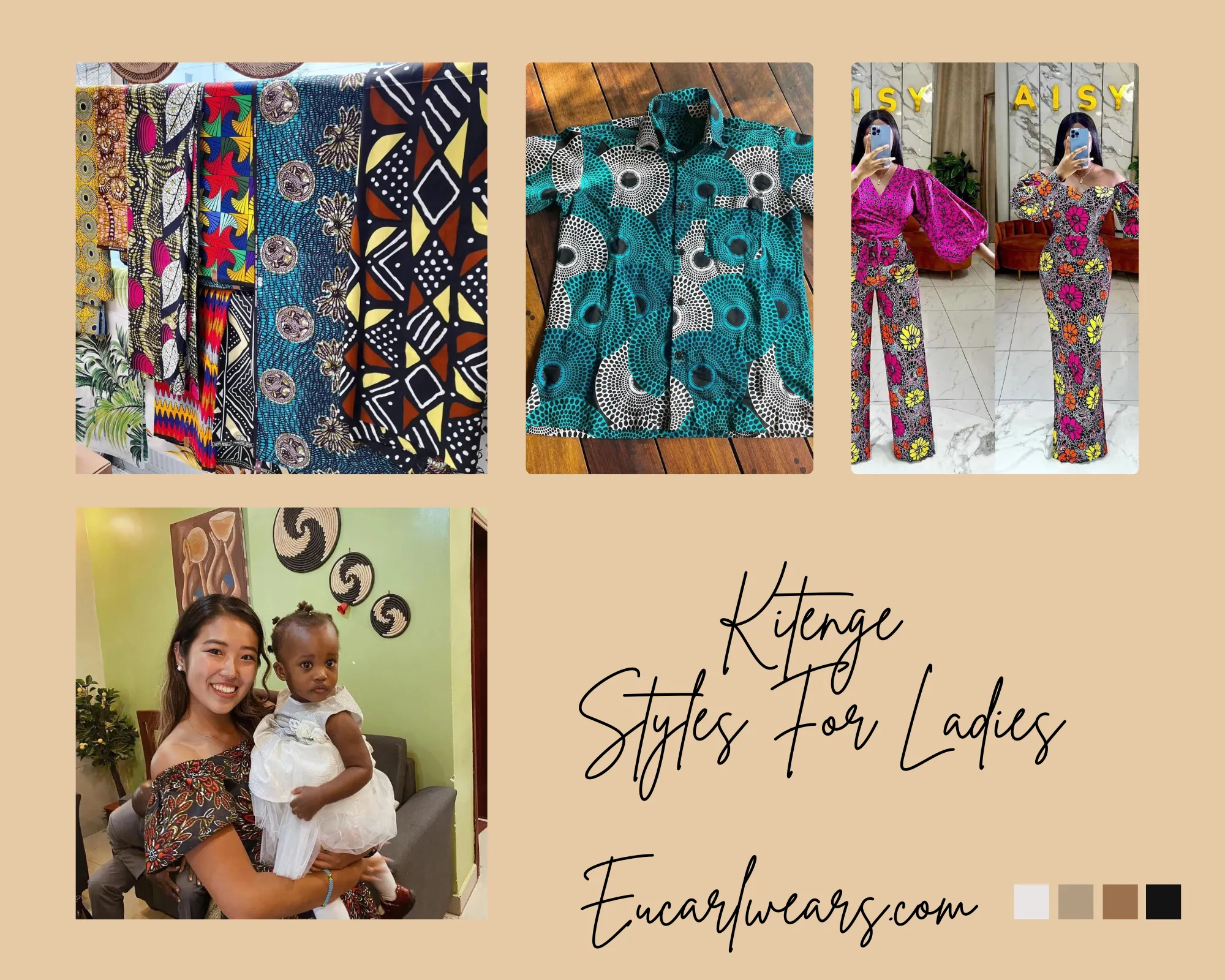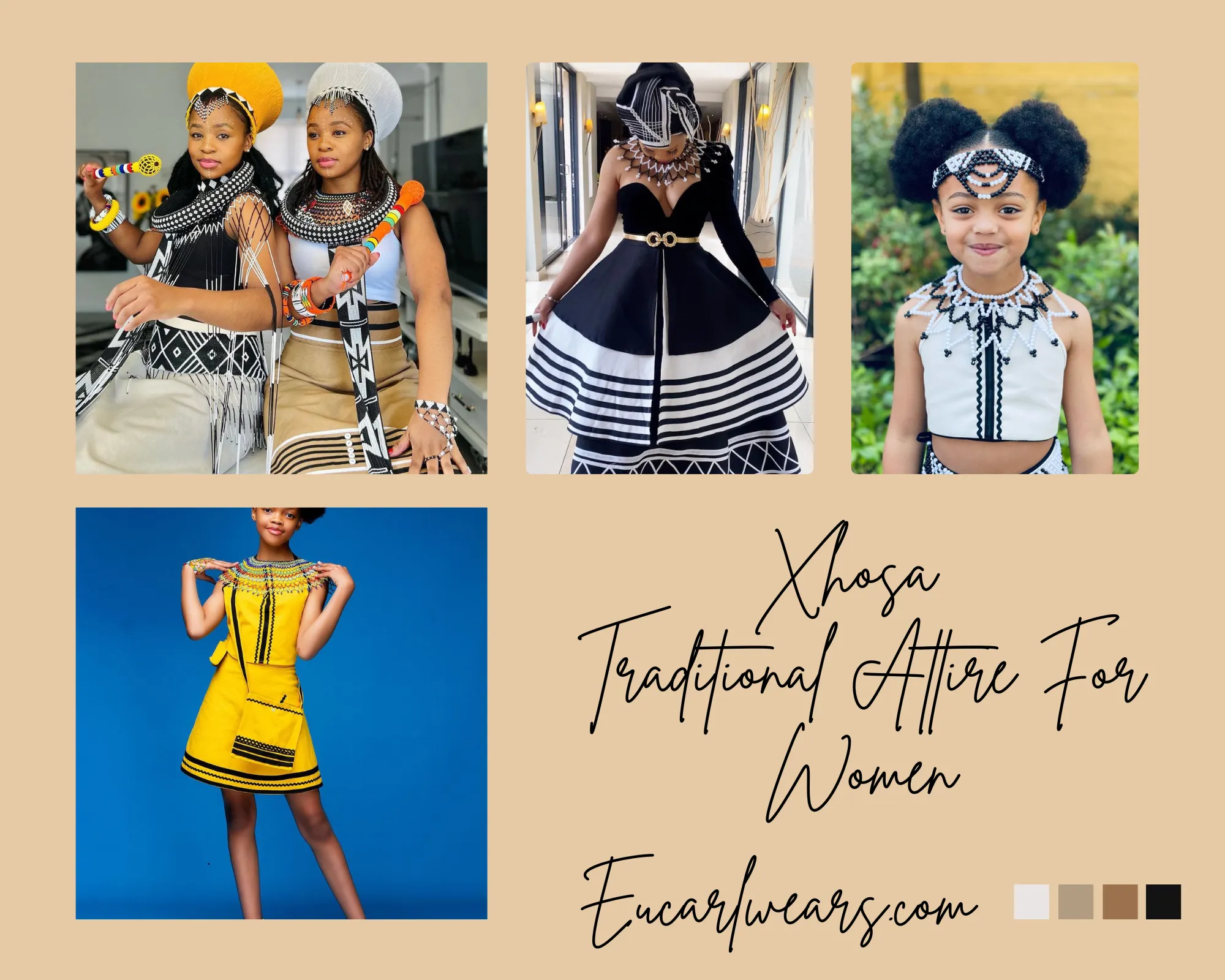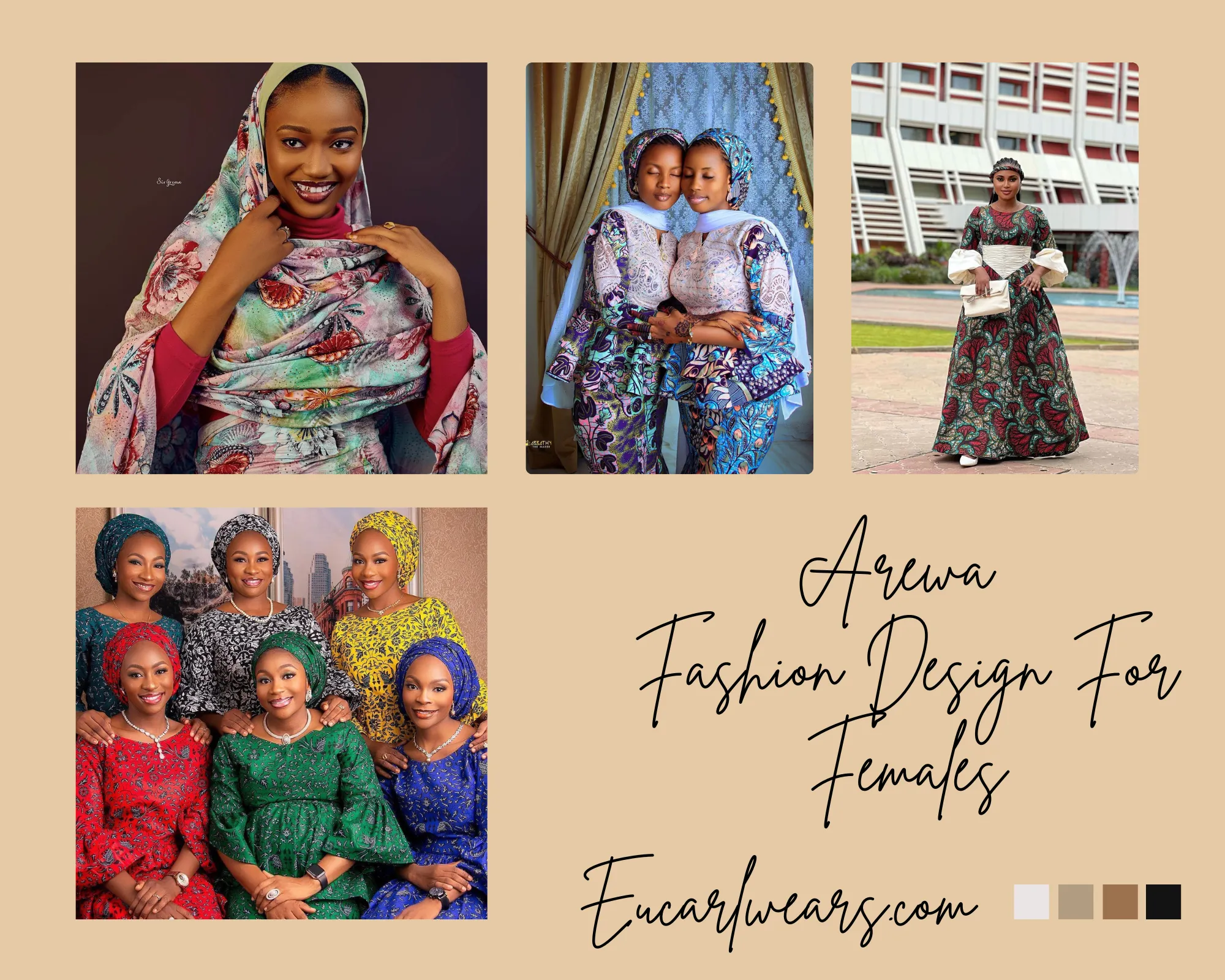African Wear
Lovely Libyan Traditional Wedding Styles
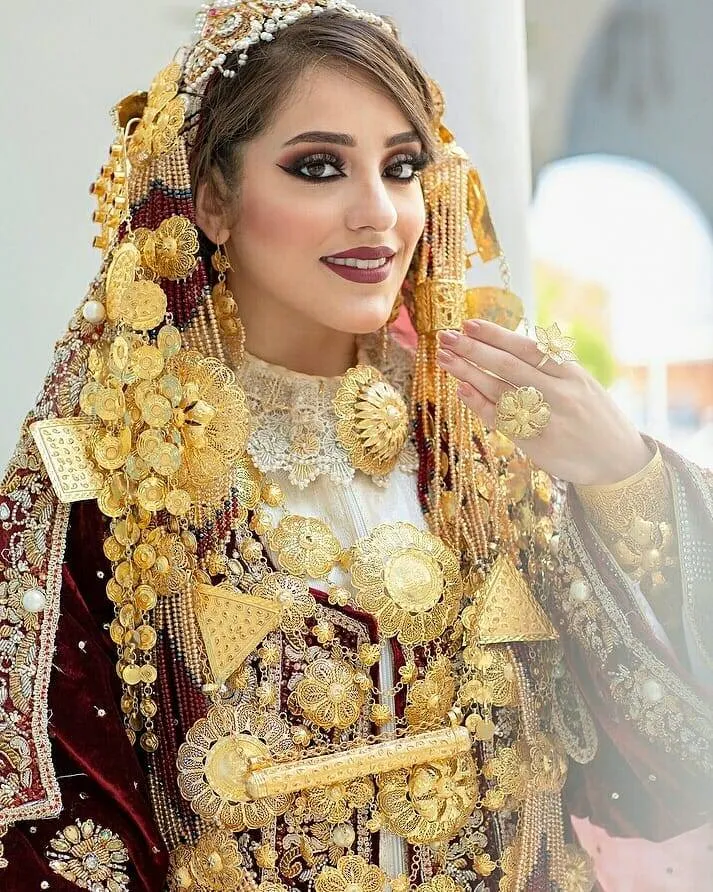
The Libyan Traditional Wedding Styles follow the social practices, cultures, and traditions of the people. The wedding ceremony is usually Islamic and officiated by an Imam since the country’s main religious practice is Islam.
The traditions of the Libyan people survived its colonization by the Italians. However, the culture of Libyan weddings is inclusive of African, Arab, Berber, and Turkish cultures.
The duration of the Libyan wedding ceremony varies ranging from three to five days just like in Morocco, Egypt, and Algeria.
The marriage certificates are first signed in the bride’s home while the main ceremony takes place a day after. Other celebrations and festivities may continue after these two have been concluded.
On the first day of the traditional Libyan wedding ceremony, the man and woman who are about to wed are pronounced husband and wife. It is seen as the most important day of the wedding program because both parties officially become a couple. It is also on this day that the groom proclaims his marriage intention to the bride’s father.
For the groom and men in both families, the first-day celebration is considered a very important event because the ceremony focuses mainly on the males while the second and other ceremonies are directed to the bride and females. Only a few men attend the second ceremony of Libyan weddings
Libyan Traditional Wedding Styles for Women
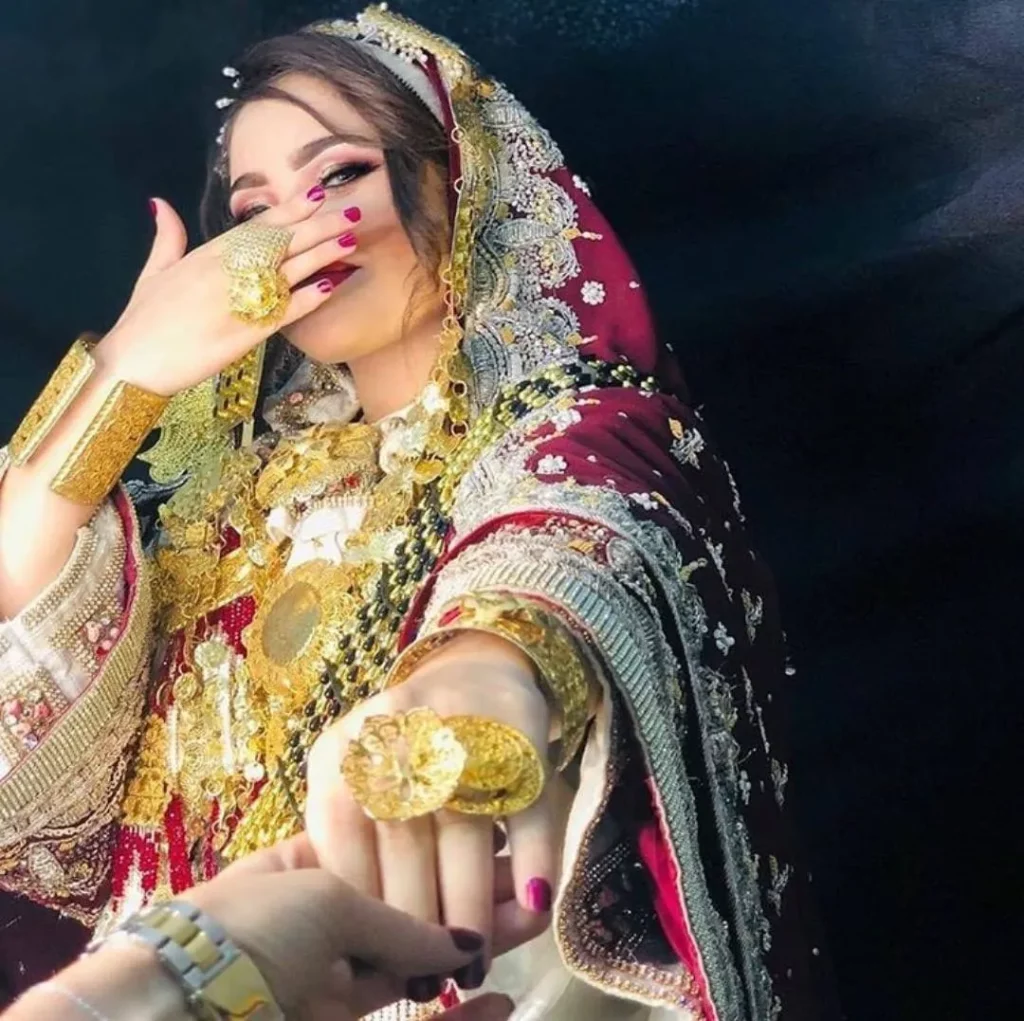
Due to modernization and the spread of western cultures, the traditional attires are no longer worn as often as they used to be by Libyan women. Notwithstanding this, some elderly Libyans still urge their wards to follow their traditions.
Libyan women are known for their modest dress and this culture is not influenced by the Western world as most of them still wear their Hijab and other long full coverage clothing.
The traditional wedding dress is not the same in all regions of Libya, however, they still share some similarities.
For instance, the brightly colored wedding dress consisting of baggy sleeves and decorated with silver/gold embroidered and beaded pieces is a general style in Libya. Baggy silk trousers with an elastic band at the ankle may also be worn as bottoms. The differences – henna paintings worn in Benghazi differ from those worn in Tripoli.
Based on traditions, the bride is expected to cover her head and face with a colorful cloth. For the jewelry, very bold gold or silver jewelry pieces (about 4-6 inches wide) are worn to embellish the neck, hands, and legs.
On the ‘Alboudri day’, the bride clad herself in a pink voluminous dress and adorns her hands with huge gold accessories. A matching pink striped kerchief is also tied over her head on this day.
Guests may also wear colorful outfits, bold accessories, and makeup but care must be taken not to outshine the bride.
Traditional Wedding Dress For Men
Libyan men dress in long white shirts known as ‘Jalabiya’ or ‘Qamis’, paired with long trousers – ‘Sirwal’ and a vest known as ‘Sadriya’. This vest is heavily knitted with black silk and fastened with buttons in front.
A headdress known as ‘Shashiyah’ in red or black is typically worn. Tripolitania men prefer to wear the black Shashiyah while men in Cyrenaica may choose to wear both colors.
An outer cloak called ‘Jarid’ which is usually worn in a Roman-toga way to cover the top part of the body and also wrap around is worn differently in Libya. Here, the Jarid is tied around the right shoulder and the remaining cloth is brought worn over the head. Leather sandals or slippers are also by Libyan men.
Libyan Traditional Wedding Styles: Pictures
